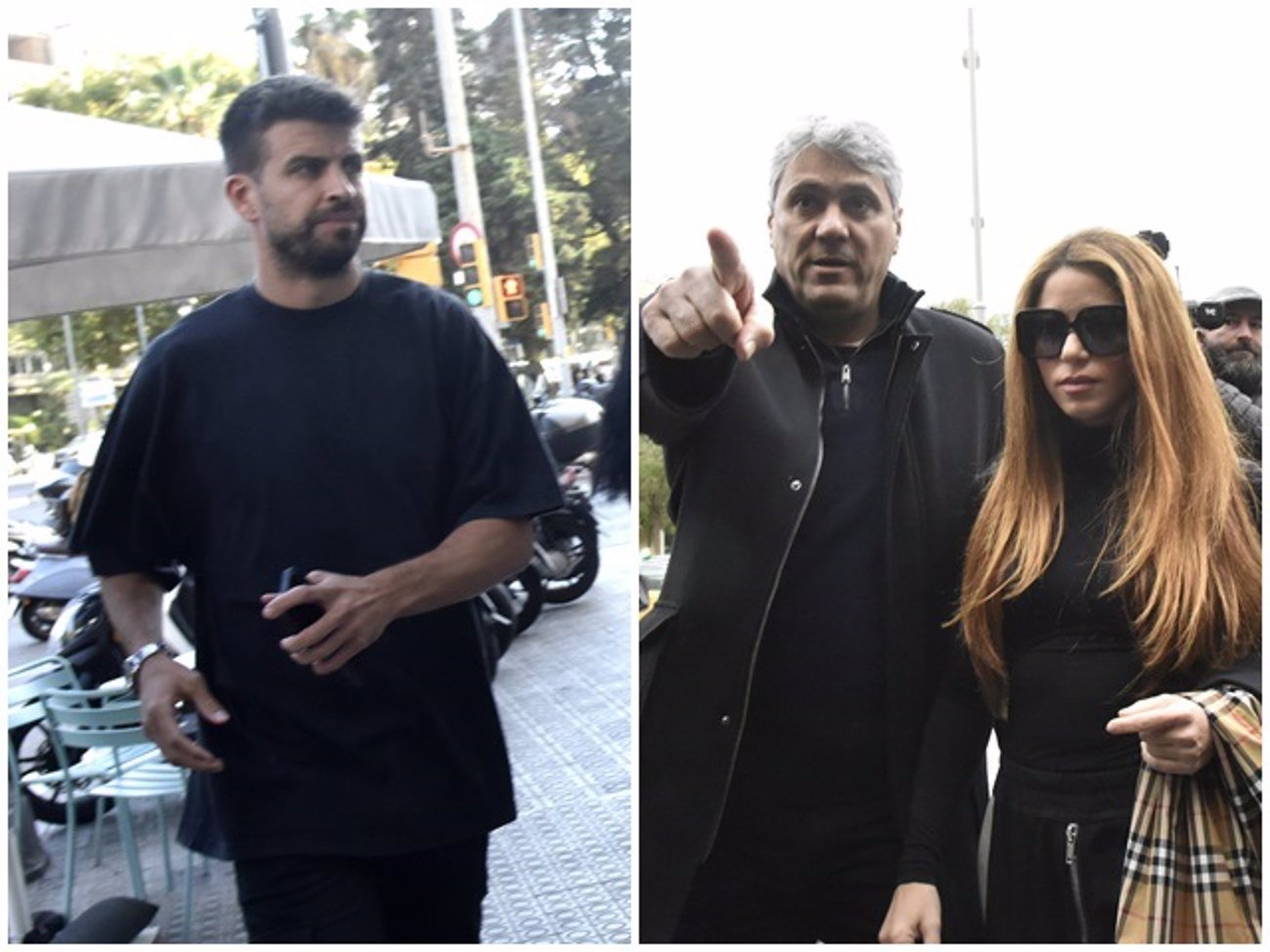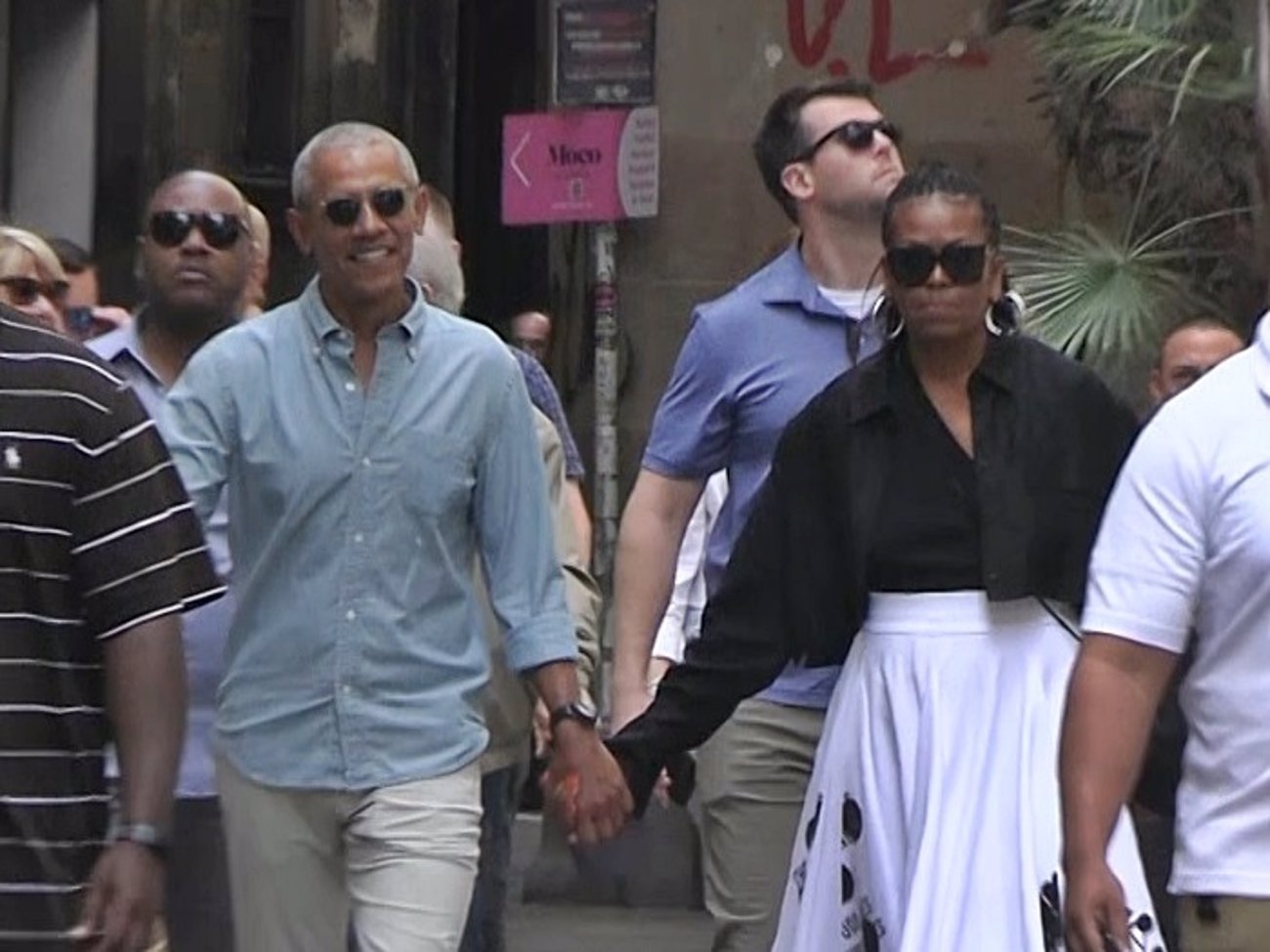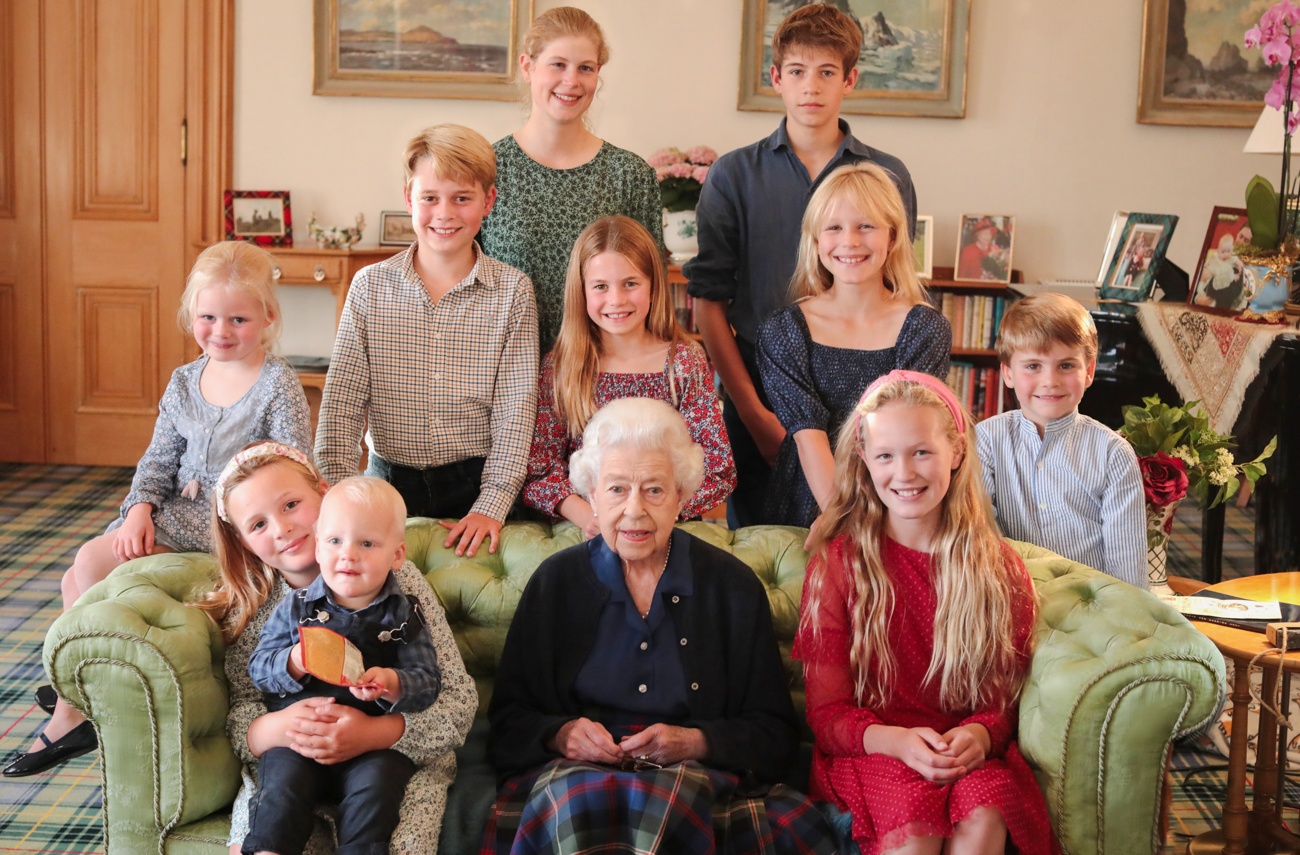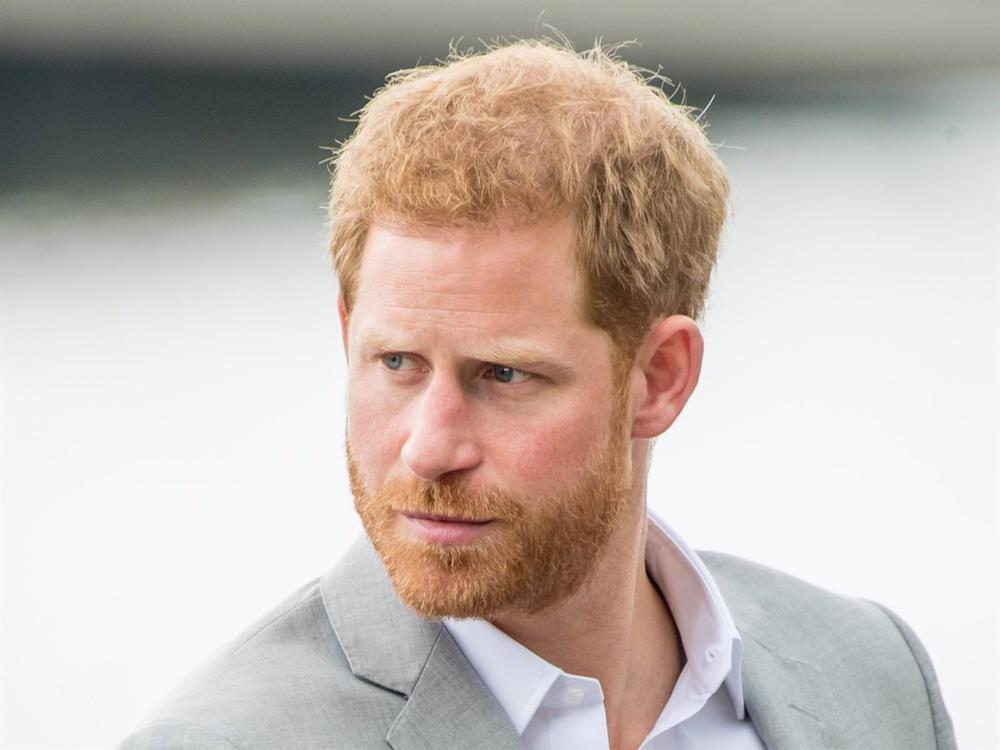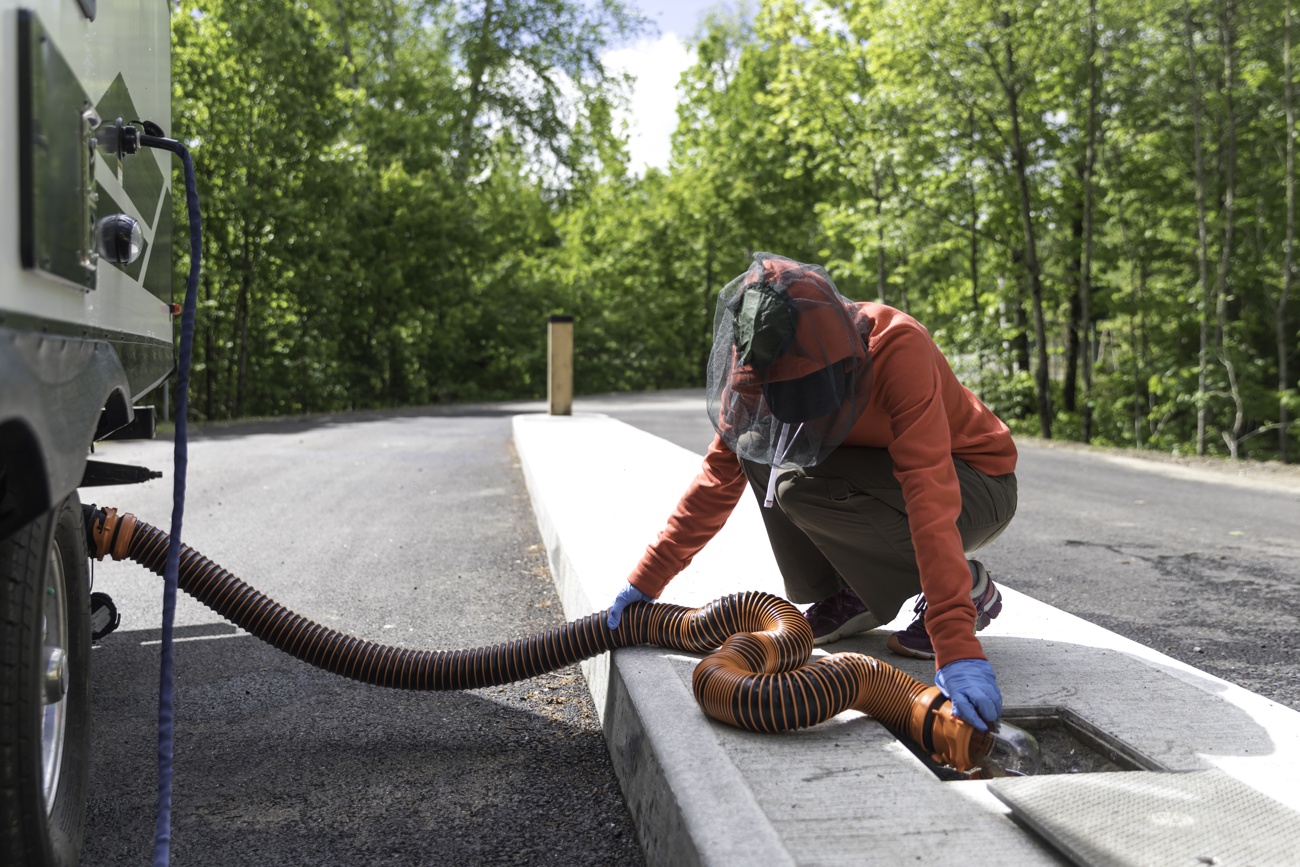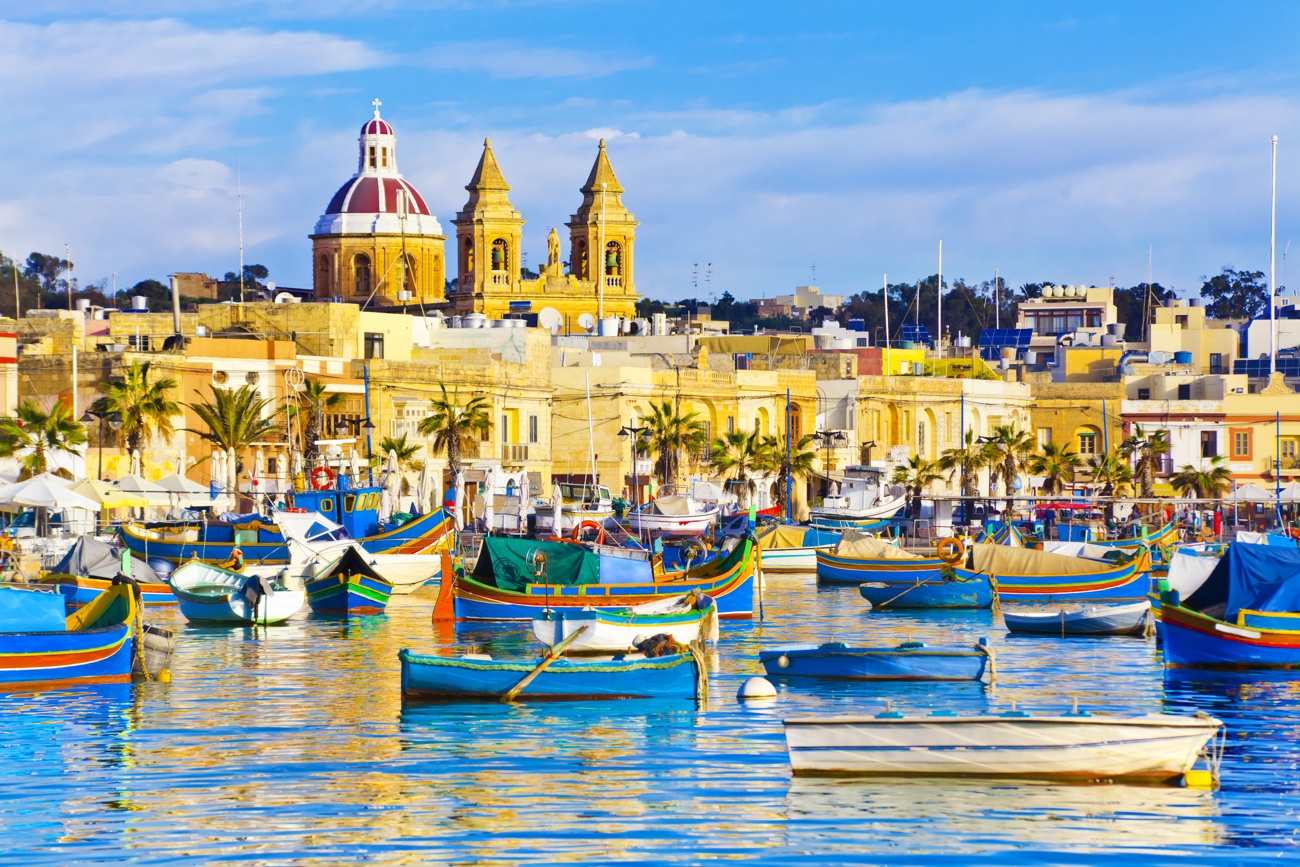
Small countries, big destinations
Europe has some of the smallest countries in the world. In fact, it leads the ranking with two of them and has six that are less than 500 km². But their smallness in size does not mean that they are not big in attractiveness. Culture, museums, mountains, beaches and, above all, a lot of history packed into a few square kilometers make them destinations in their own right. Here we leave you some clues, but all of them have many more:
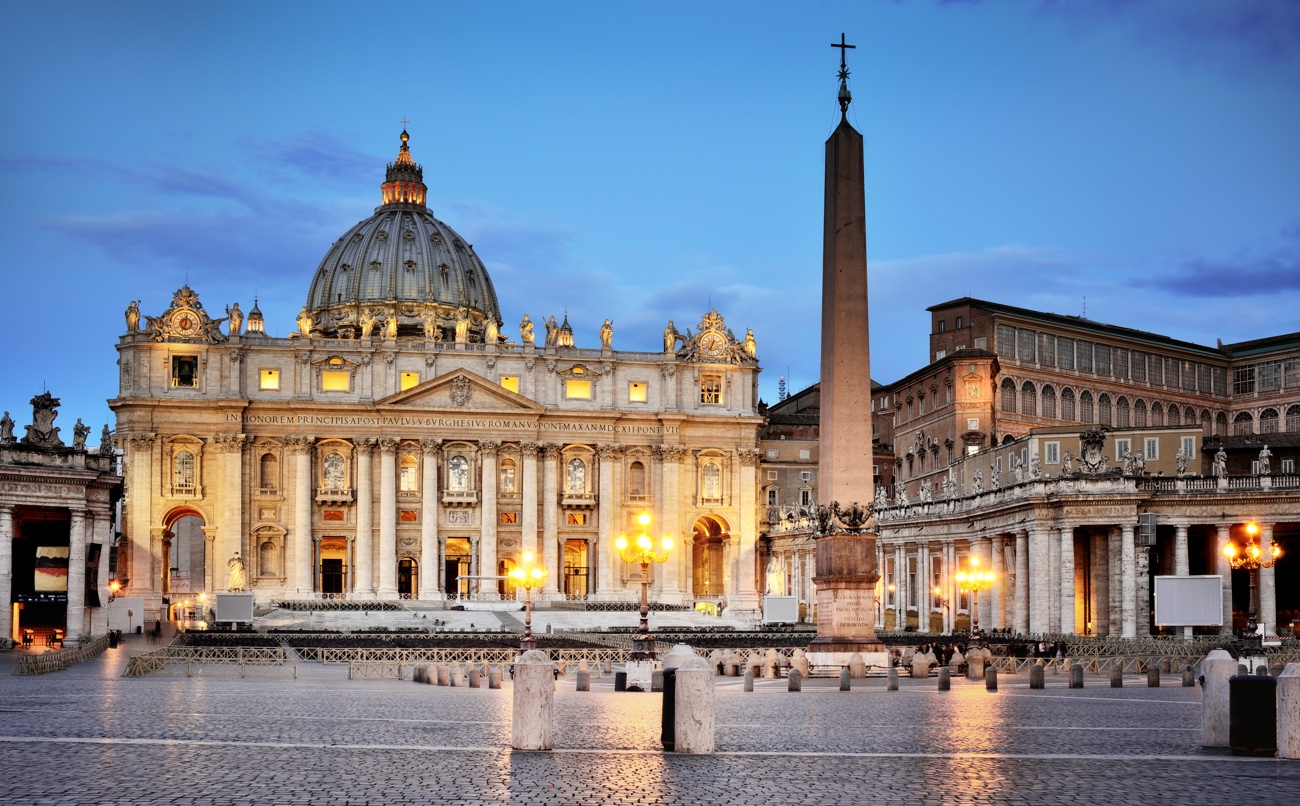
1. Vatican City: 0.44 km²
Vatican City is not only the smallest country in Europe, but in the entire world. It is a city state located within Rome, Italy and is the headquarters of the Roman Catholic Church. St. Peter’s Square, the Vatican Museums, Michelangelo’s Sistine Chapel, St. Peter’s Basilica or the views of Rome from its dome are some of its treasures. It is essential to dedicate at least one day when visiting Rome, but it is well worth a visit on its own.
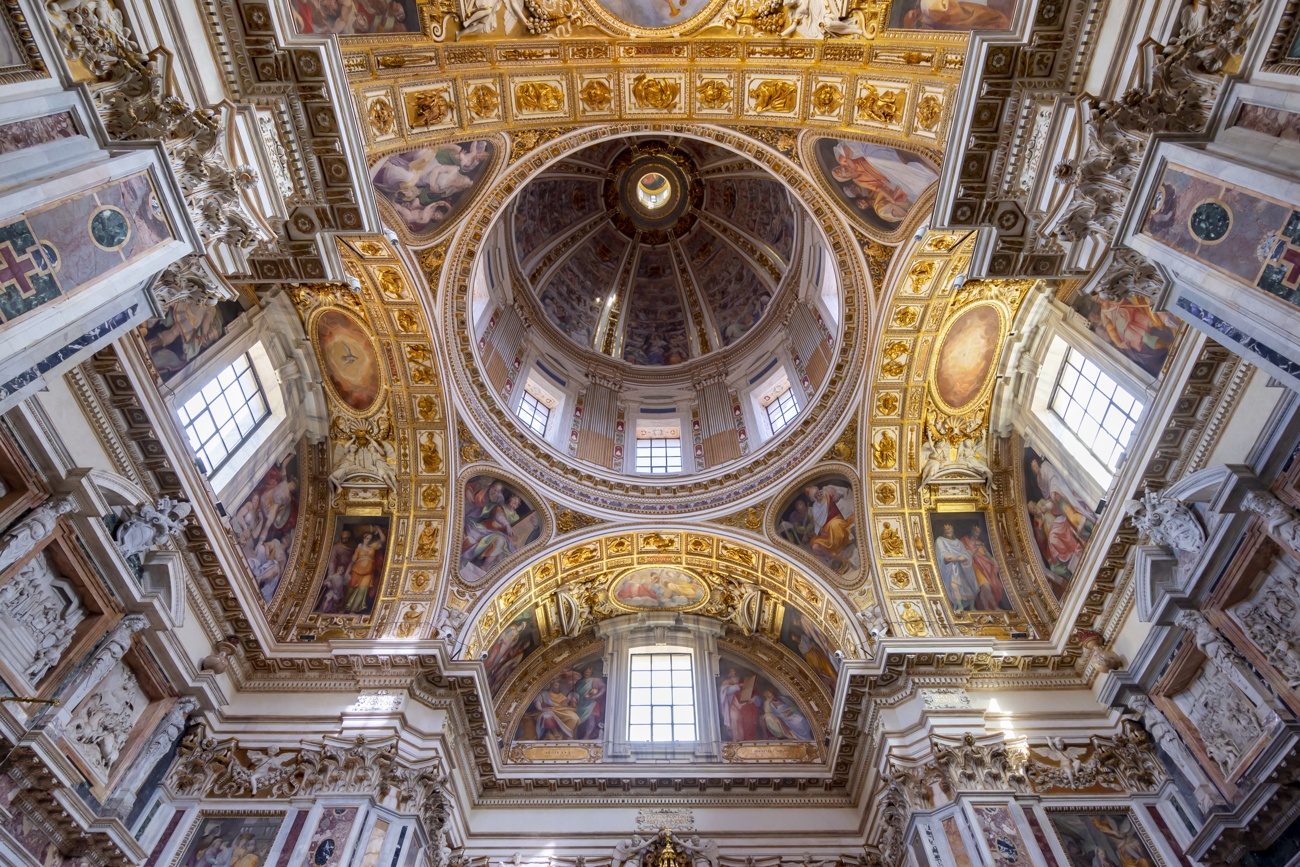
Vatican City: St. Peter’s Basilica
Built on the site where St. Peter (one of the twelve apostles of Jesus of Nazareth and the first of the pontiffs) was buried, it is also the last resting place of most of the popes. It was Pope Julius II who ordered its construction at the beginning of the 16th century and some of the best architects of the time, such as Bramante, Michelangelo and Bernini, worked on it. Its dome, 133 meters high, is the emblem of the basilica and one of the symbols of Rome. Inside are the baldachin of St. Peter (Bernini), Michelangelo’s Pietà, the bronze statue of St. Peter, the Tomb of Leo XI, the monument to Pius VII, the Tomb of Alexander VII, the Vatican Grottoes ….
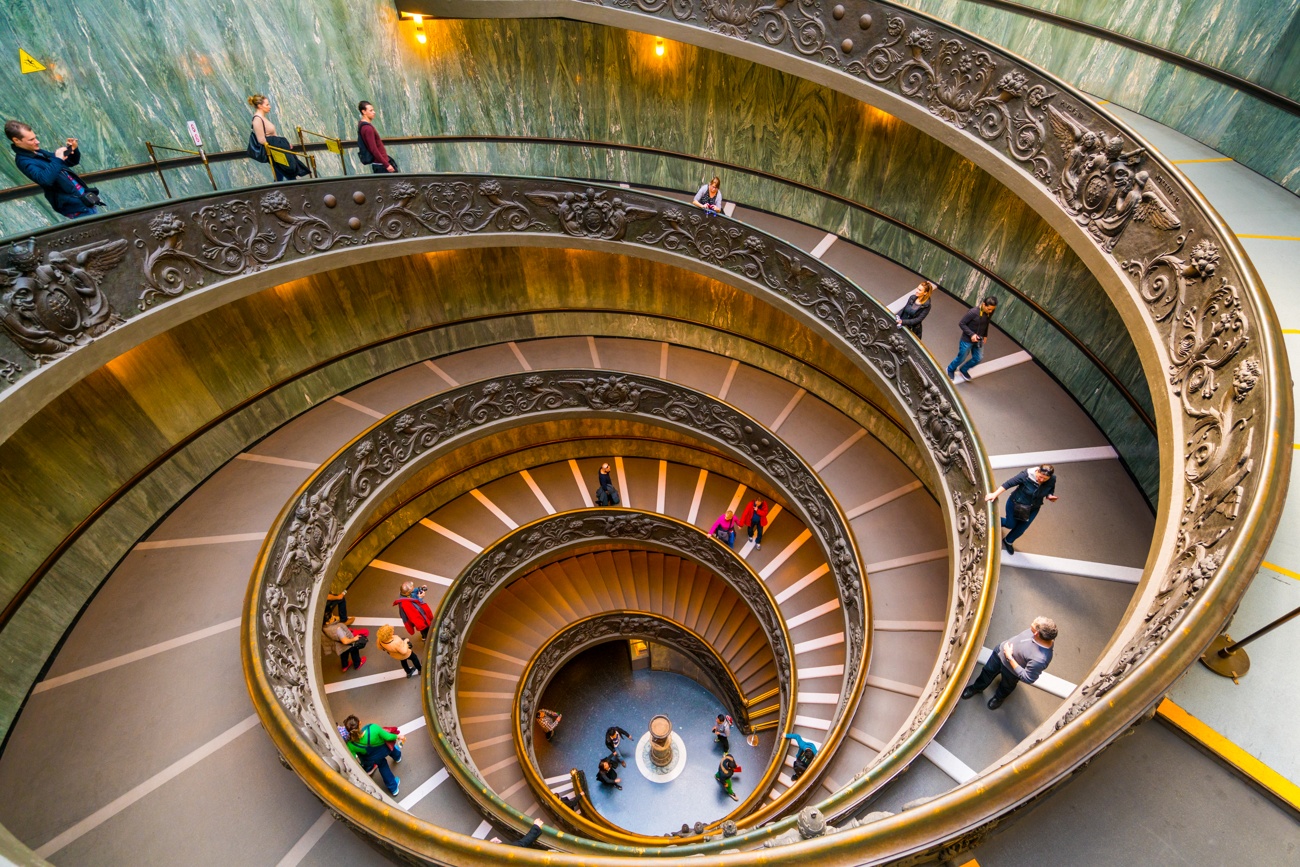
Vatican City: Vatican Museums
For centuries, the Church has been one of the great patrons of art. The Vatican Museums are a huge complex that collects thousands of works that the Church has been financing and accumulating. They were born with the private works of Pope Julius II, who expanded the museum with new buildings and with the bronze helicoidal ramp designed by Donato Bramante. Today they are one of the most important museums in the world, with 70,000 paintings and sculptures spread over more than 50 galleries. Not to be missed, in addition to the Sistine Chapel, are the rooms of Raphael, the Gallery of Maps, the museum of Pio Clementino (Laocoon and his sons, the Belvedere torso and the round room), The Coronation of the Virgin and the Transfiguration by Raphael, St. Jerome by Leonardo da Vinci. The exit of the museum is through the copy of the Bramante staircase, designed by Giuseppe Momo in 1932.
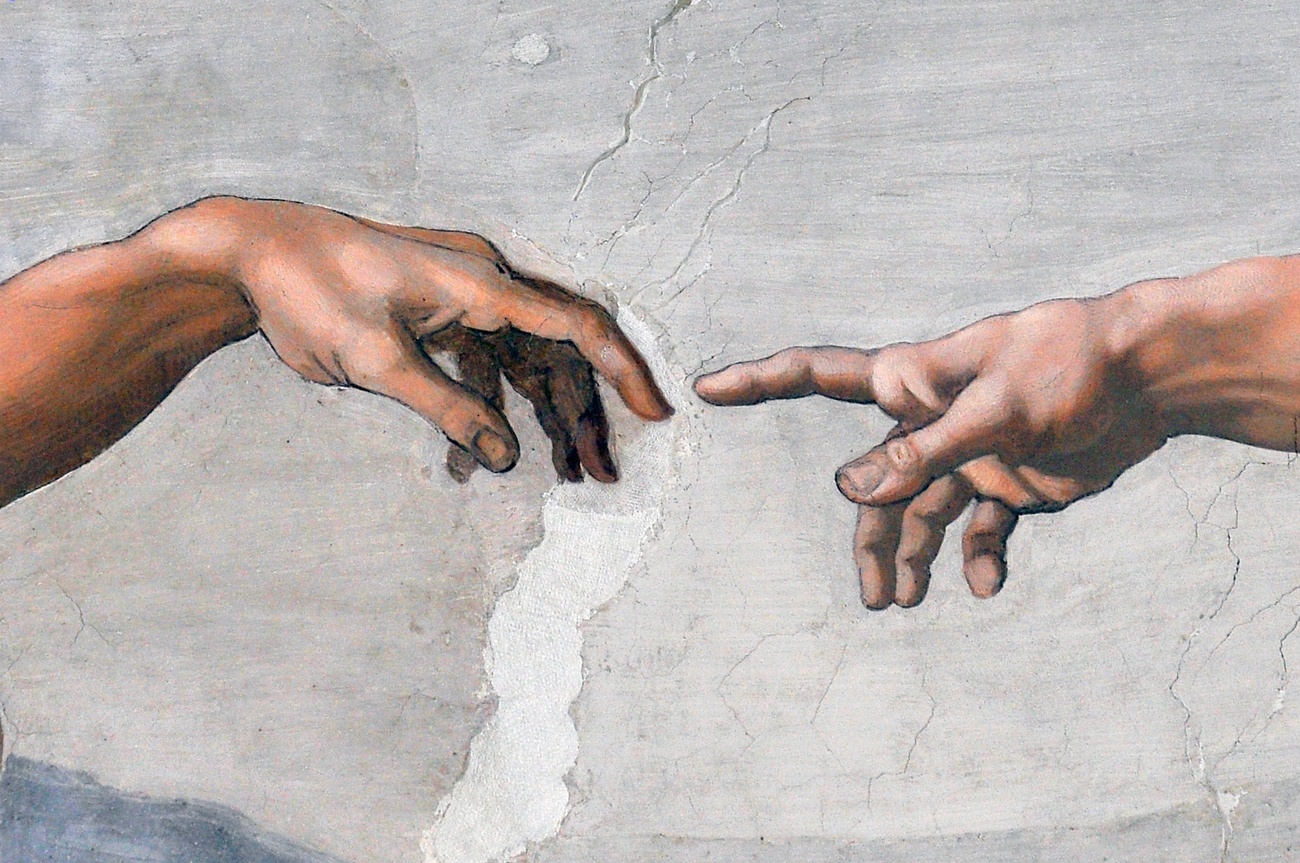
Vatican City: Sistine Chapel
Although it is part of the visit to the Vatican Museums, the Sistine Chapel deserves its own section. It is the masterpiece of the great Michelangelo, to which he dedicated almost ten years of his life. His paintings cover the vault (the nine central paintings depict the ‘History of Genesis’) and the altar wall (‘The Last Judgment’). On the walls are frescoes by Botticelli, Signorelli, Cosimo Rossi, Ghirlandaio and Perugino. The Sistine Chapel was inaugurated in 1483 and is the official seat of the Conclave, that is, the place where the new Pope is elected. The size of the chapel is the same as that of the Temple of Solomon in Jerusalem, according to the Old Testament.
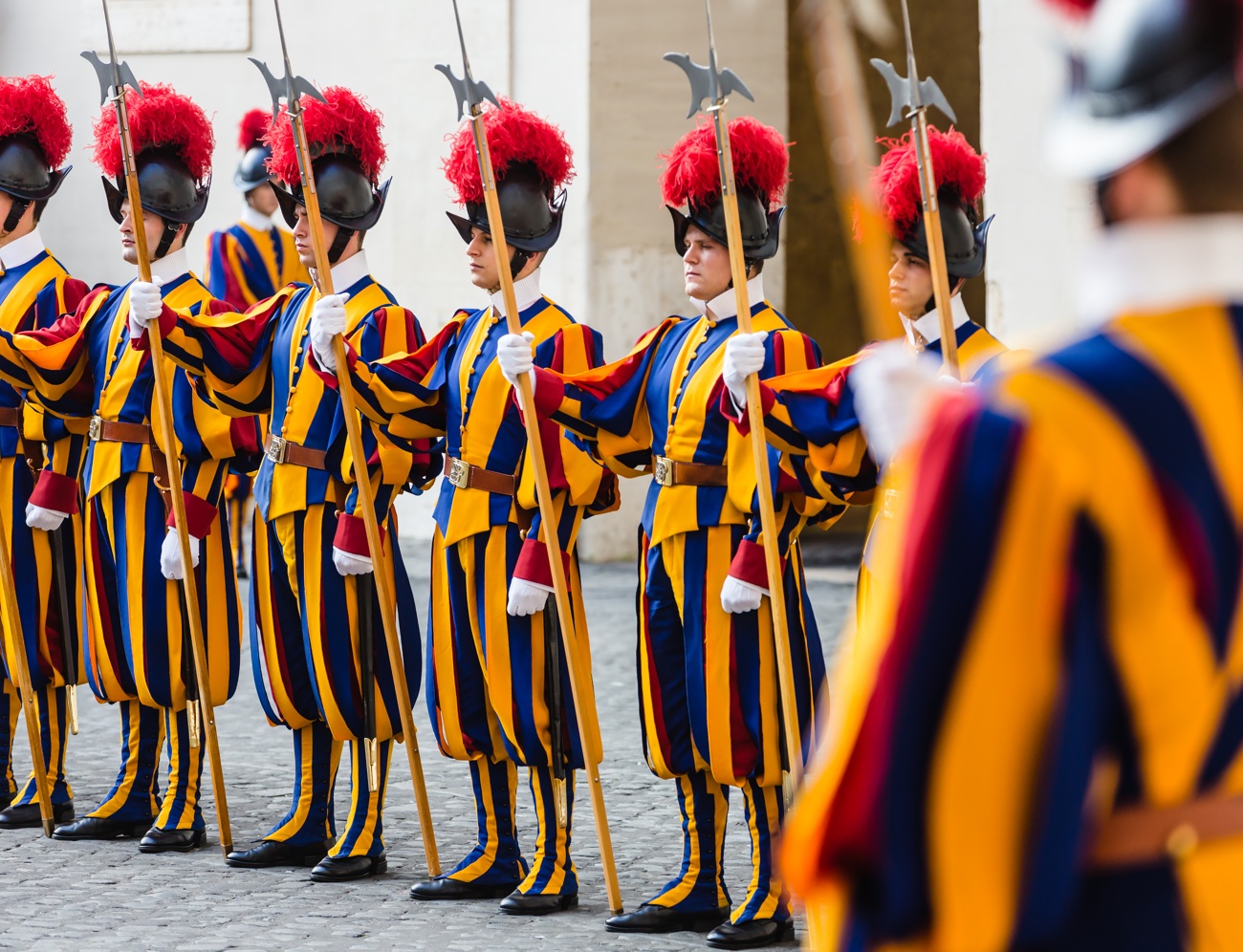
Vatican City: The Swiss Guard
It is the military corps in charge of the security of the Pope and the Holy See and its origin dates back to the beginning of the 16th century when Pope Julius II asked the Swiss nobles for soldiers for his protection. Today, the soldiers who make up this small corps are still Swiss citizens. The colorful uniform is inspired by the frescoes of Raphael and the colors correspond to the house to which Pope Julius II belonged. The changing of the guard takes place in the Quirinale square.
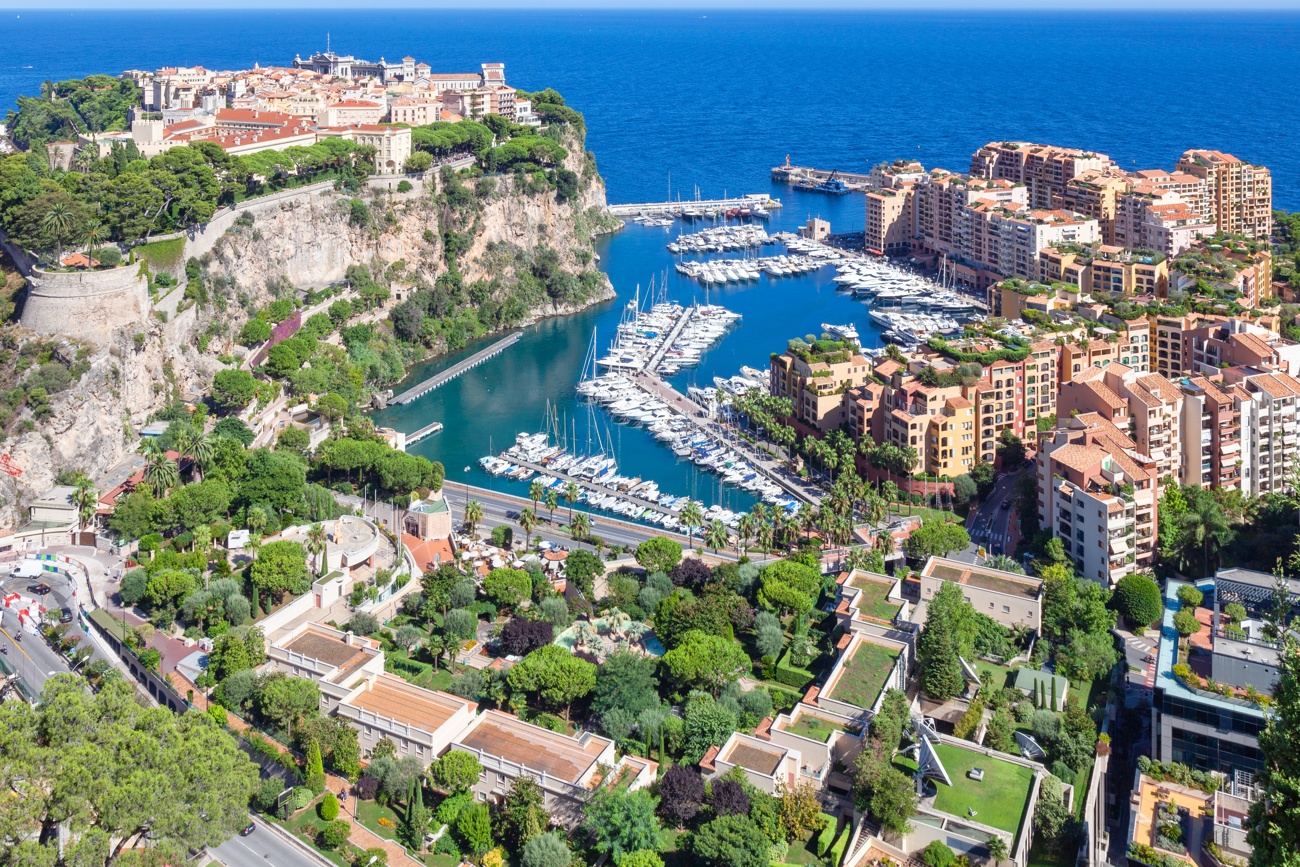
2. Principality of Monaco: 2 km²
The Principality of Monaco is the second smallest country in the world. A small independent city-state on the Mediterranean coast of France, known for its luxurious casinos, the passage of the world’s richest personalities, the yacht-filled bay and the prestigious Formula 1 Grand Prix motor race, which runs through the streets of Monaco once a year. A tax haven ruled by the famous Grimaldi dynasty for just over 700 years.
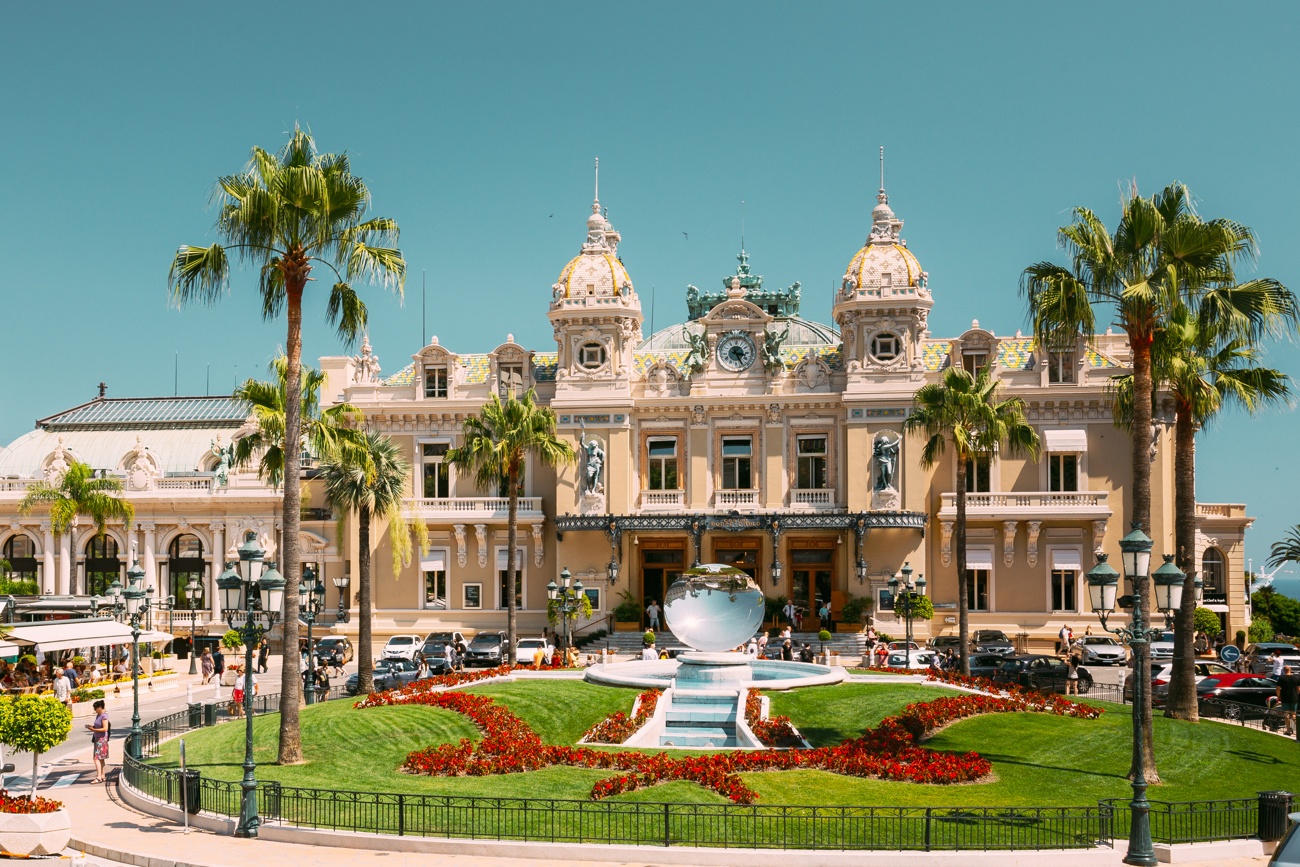
Monaco: The Monte Carlo Casino
It is one of the most famous places in the Principality. The legendary Casino de Monte Carlo attracts the richest people on the planet thanks to its history, its mythical decoration and its offer of gambling, leisure and gastronomy. The work of architect Charles Garnier (the same responsible for the Paris Opera House), it was built in 1863 and is a place of reference for gambling lovers, provided you are not a citizen of Monaco, since the locals are forbidden to enter. Within the complex are also the Grand Théâtre de Monte Carlo, the Opera House and the Ballet House.
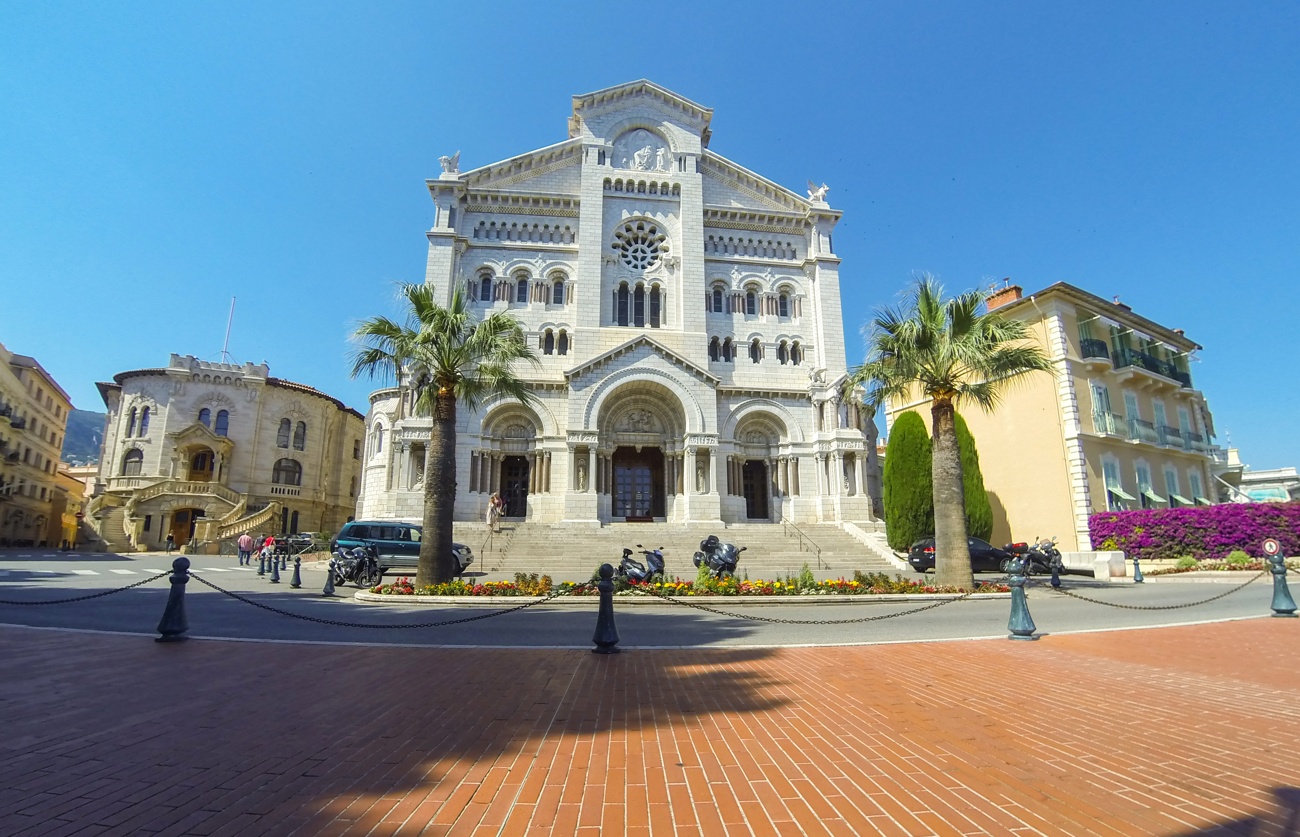
Monaco: The Cathedral
Strolling through the maze of narrow medieval-style streets of the old town (Le Rocher), we find the Cathedral of Our Lady of the Immaculate Conception, where the tombs of the deceased princes of the Grimaldi family, such as Ranier III and Grace Patricia (Grace Kelly), parents of the current Prince of Monaco, Albert II, are located. It is the most important religious temple of the Principality and has a neo-Romanesque facade.
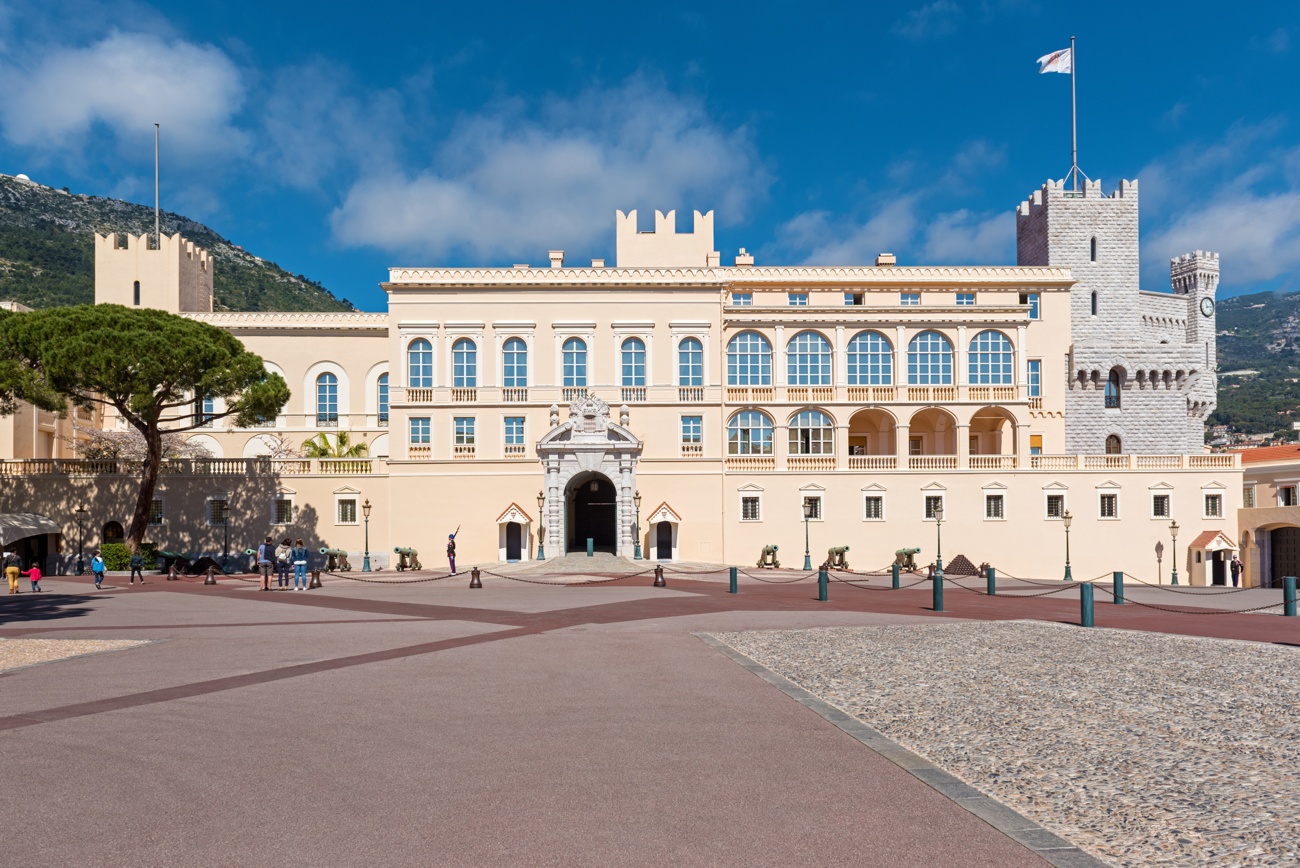
Monaco: The Prince’s Palace
This Renaissance style palace has been the official residence of the Prince of Monaco and the Grimaldi Family since the end of the 13th Century. It is an ancient fortress located in the highest part of The Rock. Inside it has halls similar to those of the Palace of Versailles and offers a breathtaking panoramic view of the harbor and Monte Carlo. The Palace and its inhabitants became a symbol of glamour in the 19th and early 20th centuries, reaching its peak when American movie star Grace Kelly became Princess of Monaco in 1956.
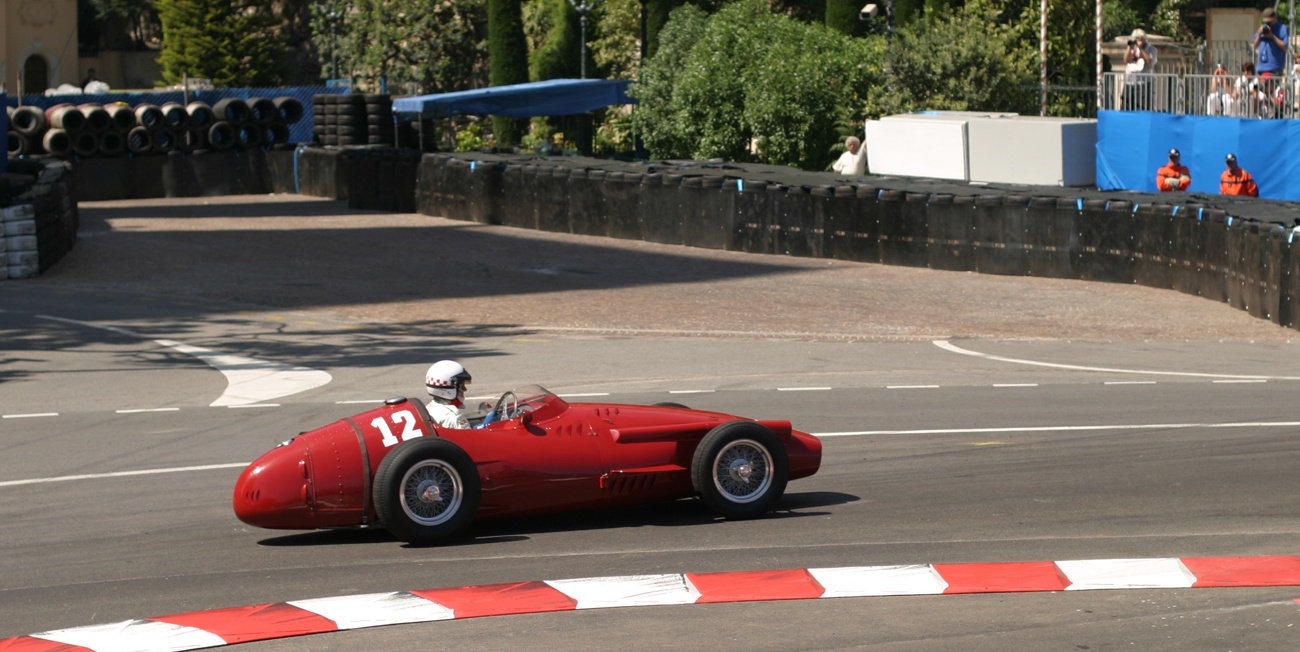
Monaco: Formula 1 Circuit
The Formula One Monaco Grand Prix takes place in the streets of Monte Carlo during the last week of May. It starts at the Monte Carlo Casino and is organized by the Automobile Club of Monaco. This prestigious race has been held since 1929 on a 3.34-kilometer circuit through the narrowest and most twisted streets of Monte Carlo. Almost 40,000 spectators can feel the pace of the single-seaters at full speed. The route to walk around the circuit is marked on all maps.
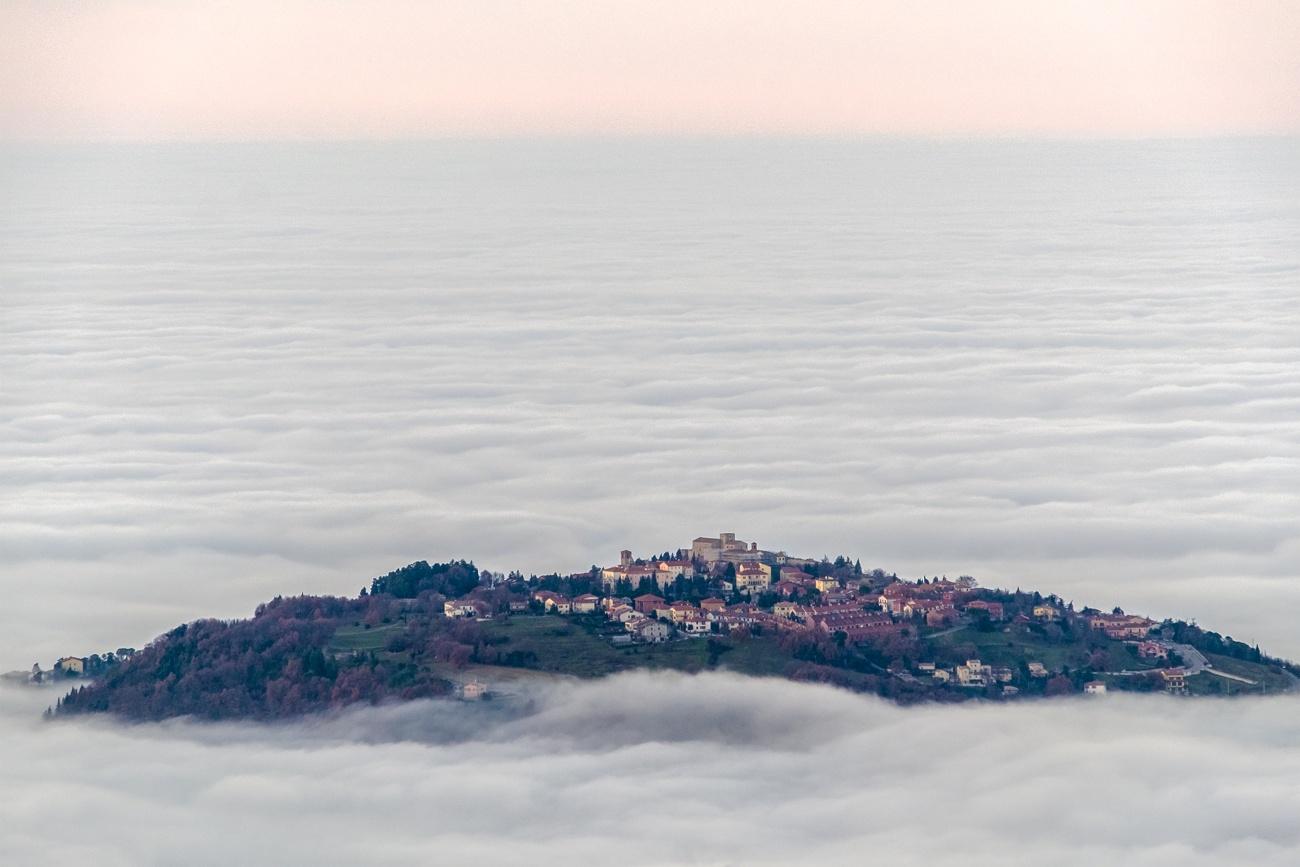
3. San Marino: 61 km²
Officially called the Most Serene Republic of San Marino, it is the oldest sovereign state in the world. Surrounded by Italian territory, it is the only state that remained independent after the unification of Italy. They have the oldest written constitution still in force and the only republican constitution written in Latin. San Marino is composed of a few cities whose capital, the City of San Marino, is located on top of a mountain. The historic center and Mount Titano have been a UNESCO World Heritage Site since 2008.
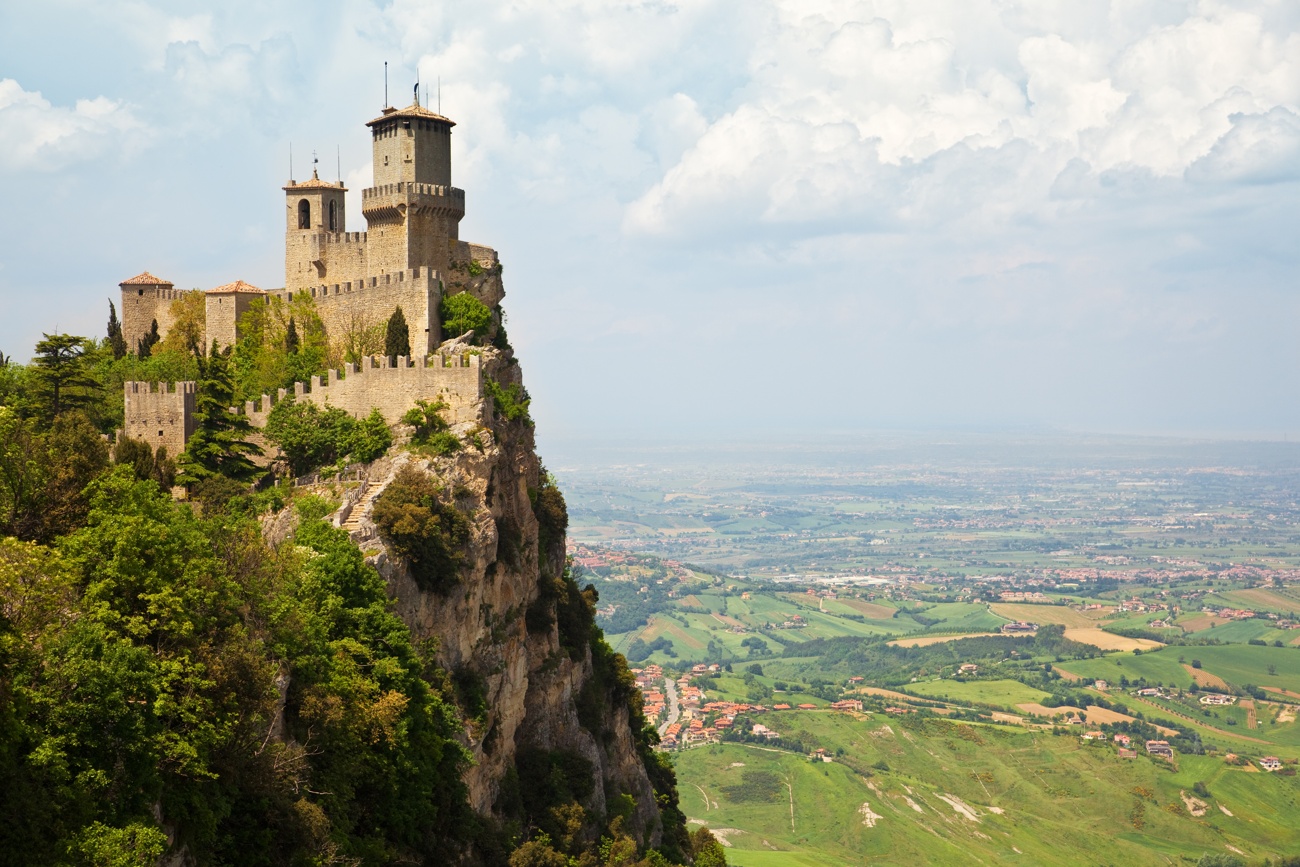
San Marino: The three towers
The three castles or towers that stand on top of Mount Titano are the symbol par excellence of San Marino. They are called Torre Guaita (the oldest, dating back to the 11th century), Torre Cesta (the highest point in the country) and Torre Montale. The first two are open to visitors, but beyond the museums or exhibitions they house, the views they have over the city and the Adriatic Sea are the most amazing thing.
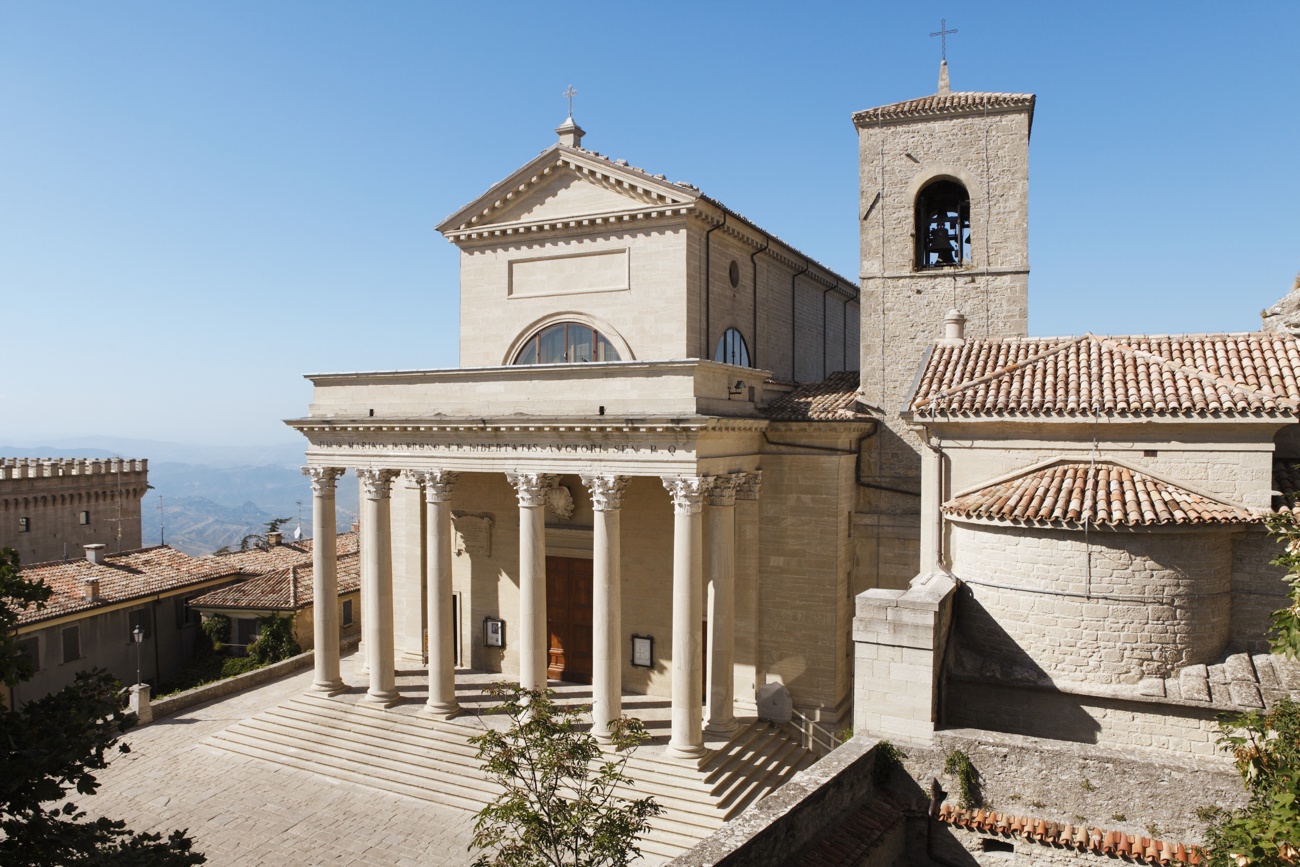
San Marino: San Marino Basilica
A Catholic church in neoclassical style dedicated to the founder and patron saint of San Marino, San Marinus and guarding his relics. It is the main church of San Marino and has been rebuilt several times, most recently in the 19th century.
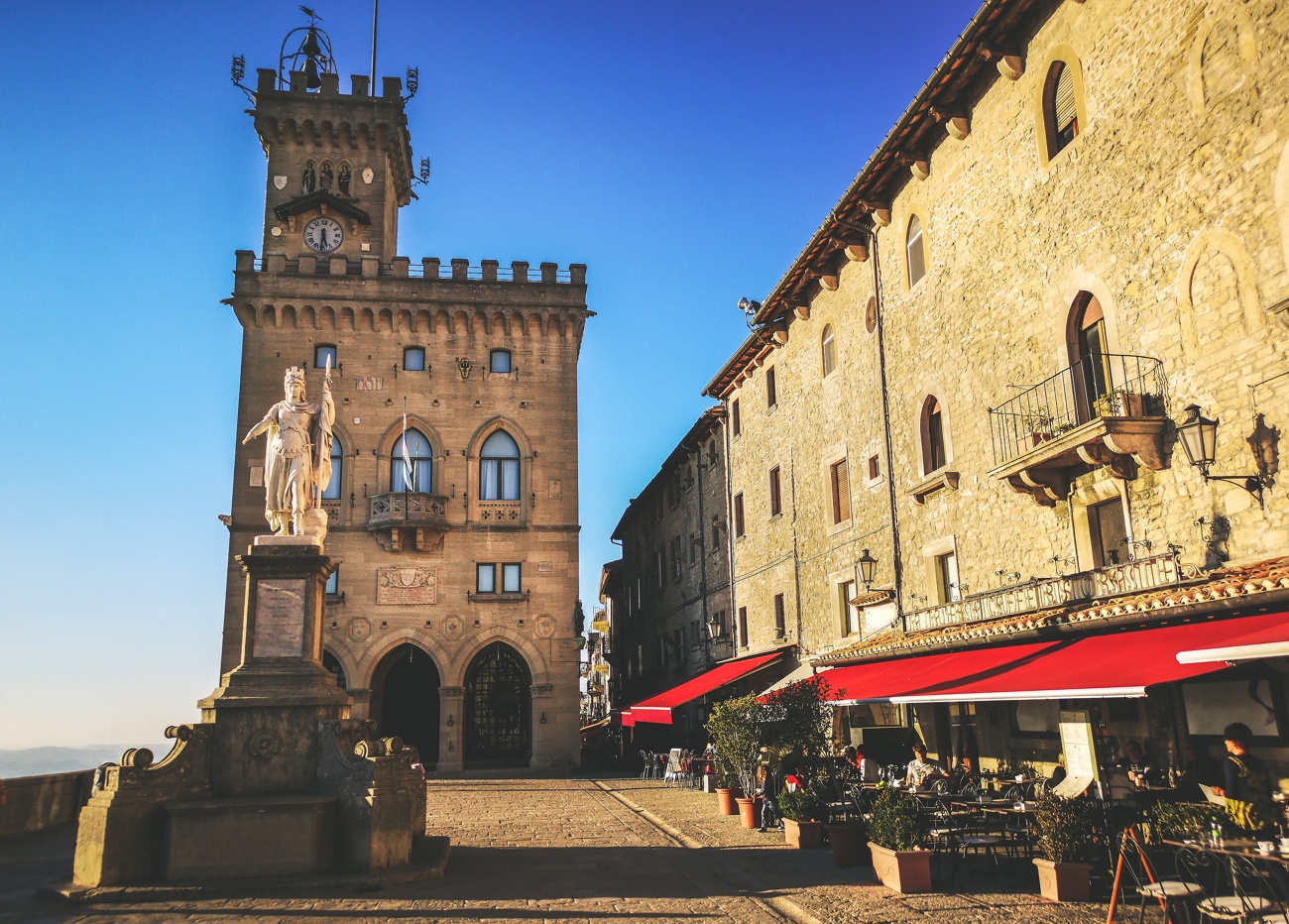
San Marino: Freedom Square
This small square offers a wide view and, at the same time, is flanked by government buildings, including the Palazzo Pubblico, which serves as the town hall and the seat of the main institutions of the Republic. The statue (Statua della Libertà) in the center of the square is sculpted in Carrara marble.
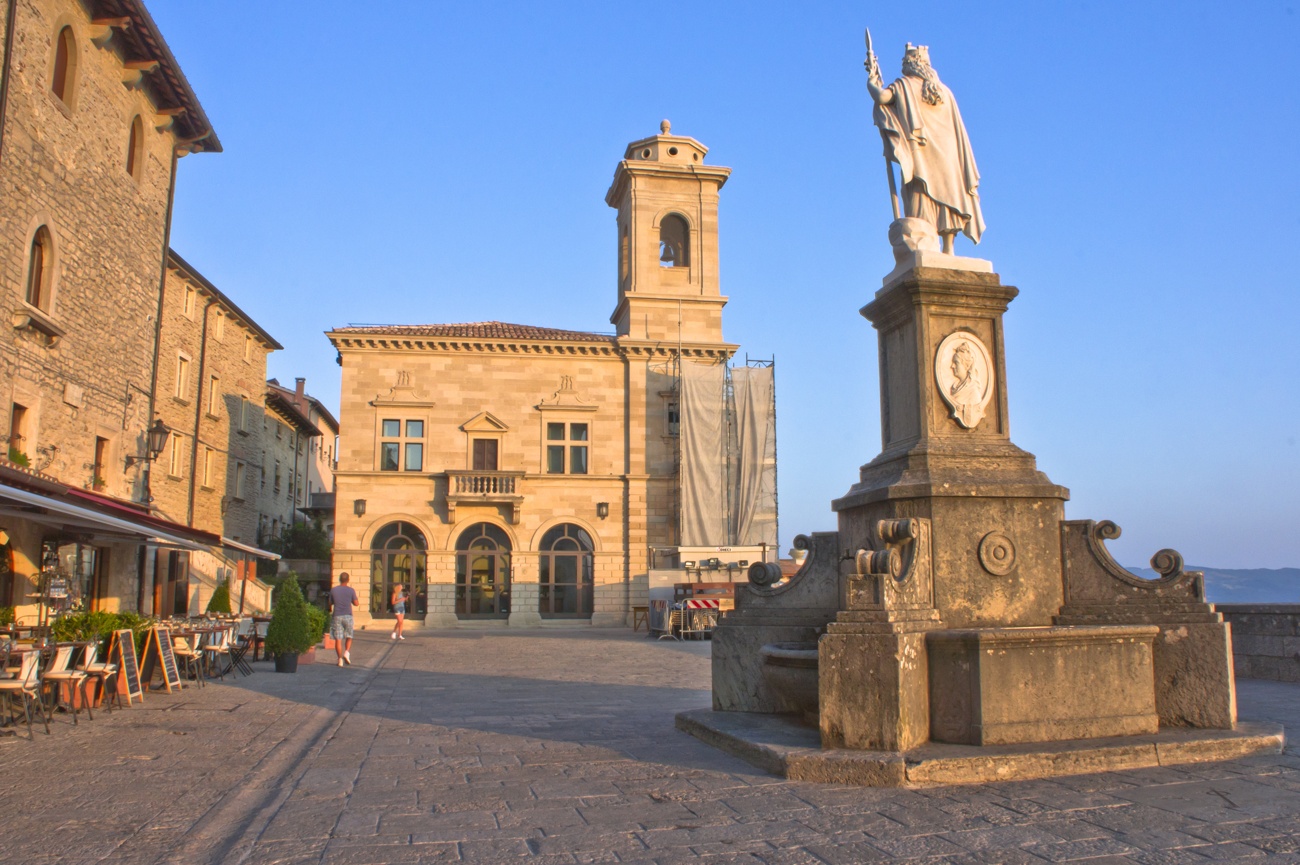
San Marino: Its streets
But if there is one thing San Marino City has, it is its charm on foot. The narrow cobblestone streets transport you to a medieval atmosphere. With hardly any cars, you can stroll around its corners, stores and restaurants.
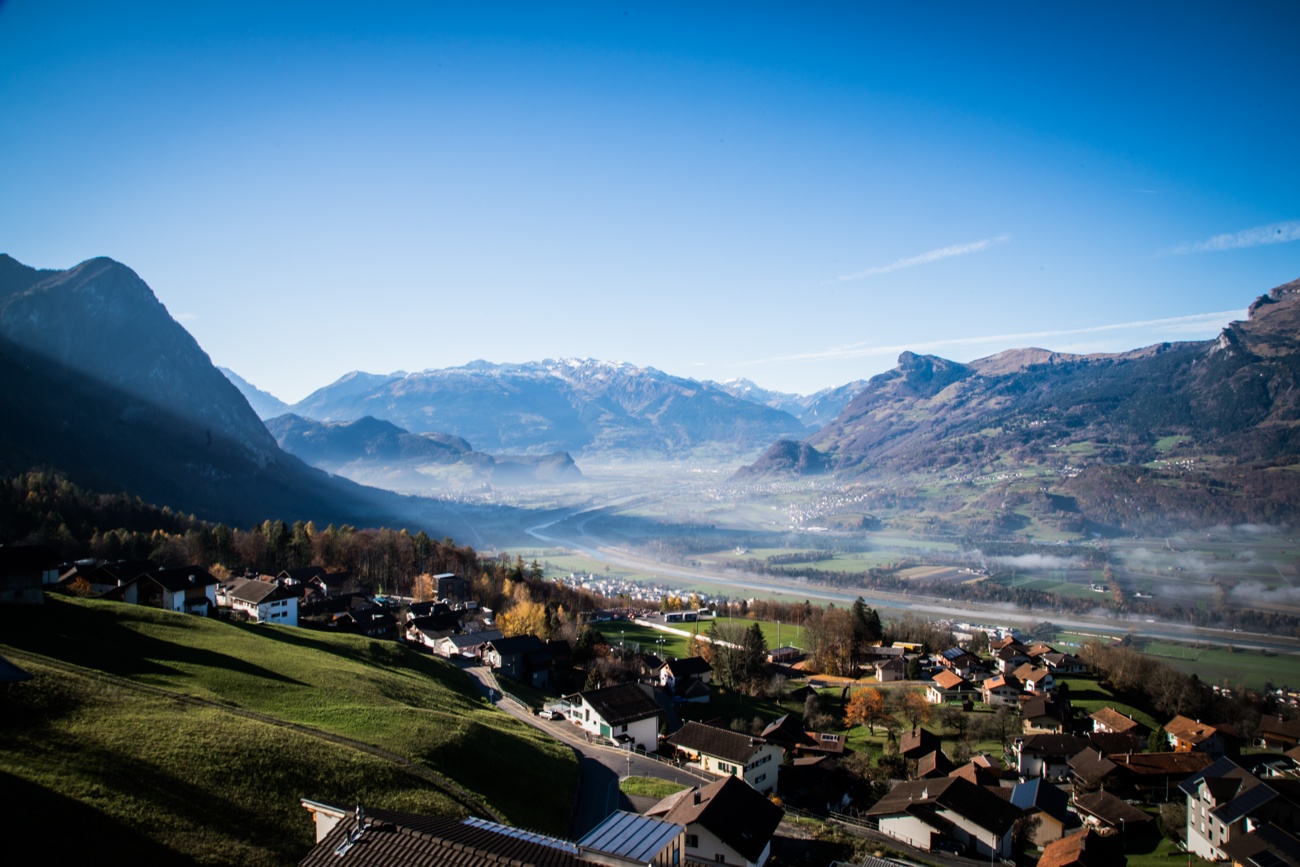
4. Liechtenstein: 160 km²
Located between Switzerland and Austria, the Principality of Liechtenstein is the only surviving state of the more than 350 that made up the Holy Roman Empire. The Liechtenstein dynasty, from which the Principality takes its name, was among the most powerful noble families of the Holy Roman Empire. It is one of the richest countries in the world and a tax haven in the mountains.
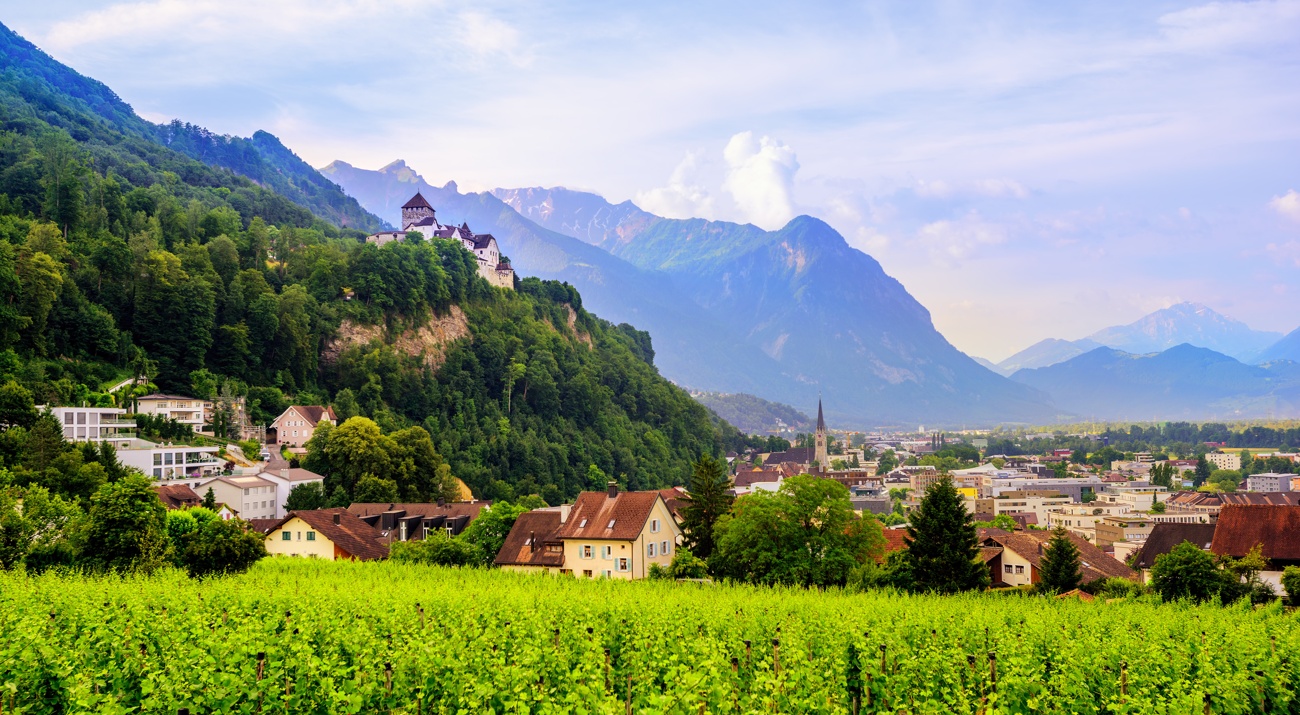
Liechtenstein: Vaduz
It is the capital of the country and has barely five thousand inhabitants, but it is a fairytale city, at the foot of the mountains, on the banks of the Rhine and crowned by a castle with battlements. The castle of Vaduz is one of its icons and is the residence of the head of state since Prince Franz Joseph II made it his official residence. It is currently the official residence of Prince John Adam II of Liechtenstein and his family. Although the interior of the castle can not be visited, you can climb the hill and also walk through the vineyards of the Prince of Liechtenstein.
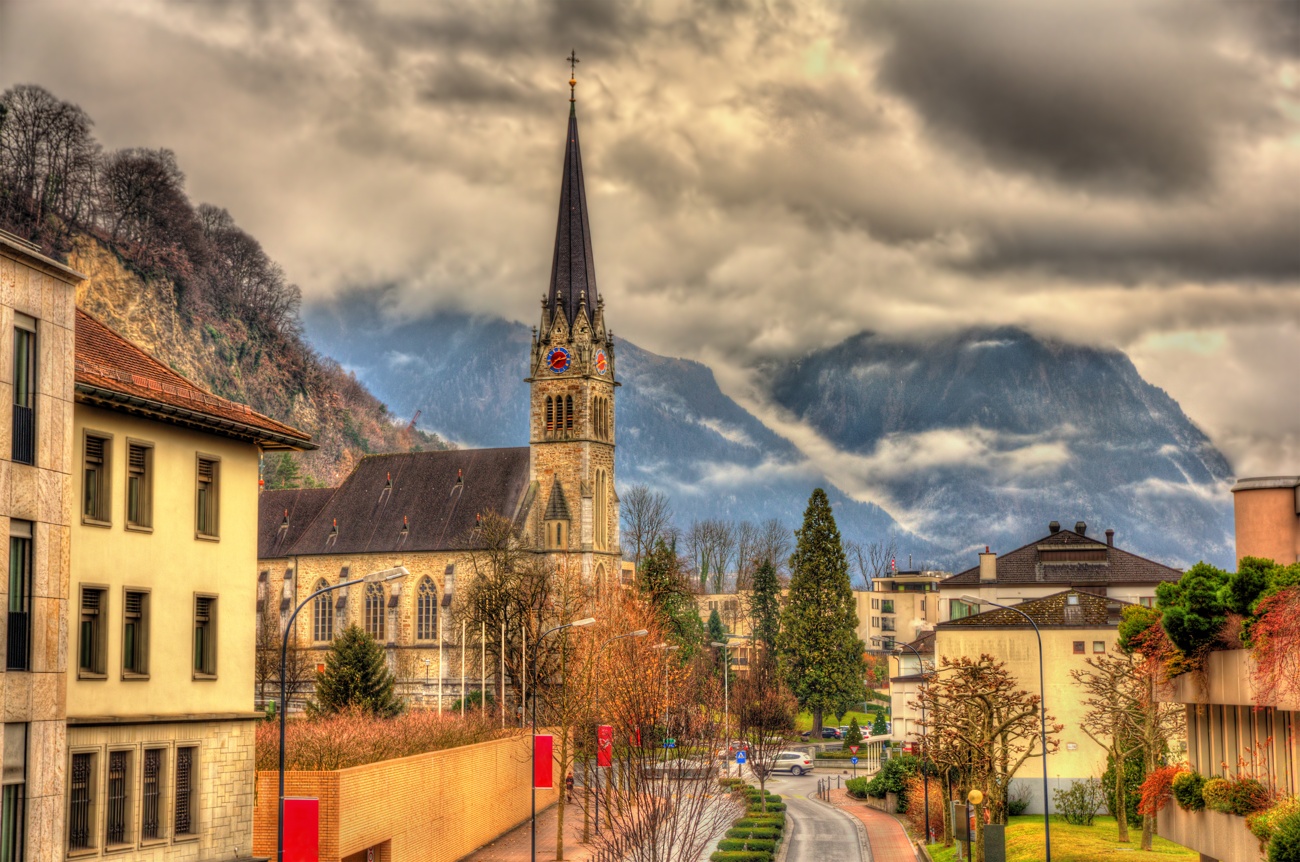
Liechtenstein: Cathedral of St. Florin
The Cathedral of St. Florin of Vaduz is the seat of the Catholic archdiocese of Vaduz. In neo-Gothic style, it was built between 1869 and 1874 on the foundations of a medieval church and elevated to cathedral by Pope John Paul II. Inside are the tombs of Prince Franz Joseph II, and his consort, Countess Georgina of Wilczek, as well as the least of their children.
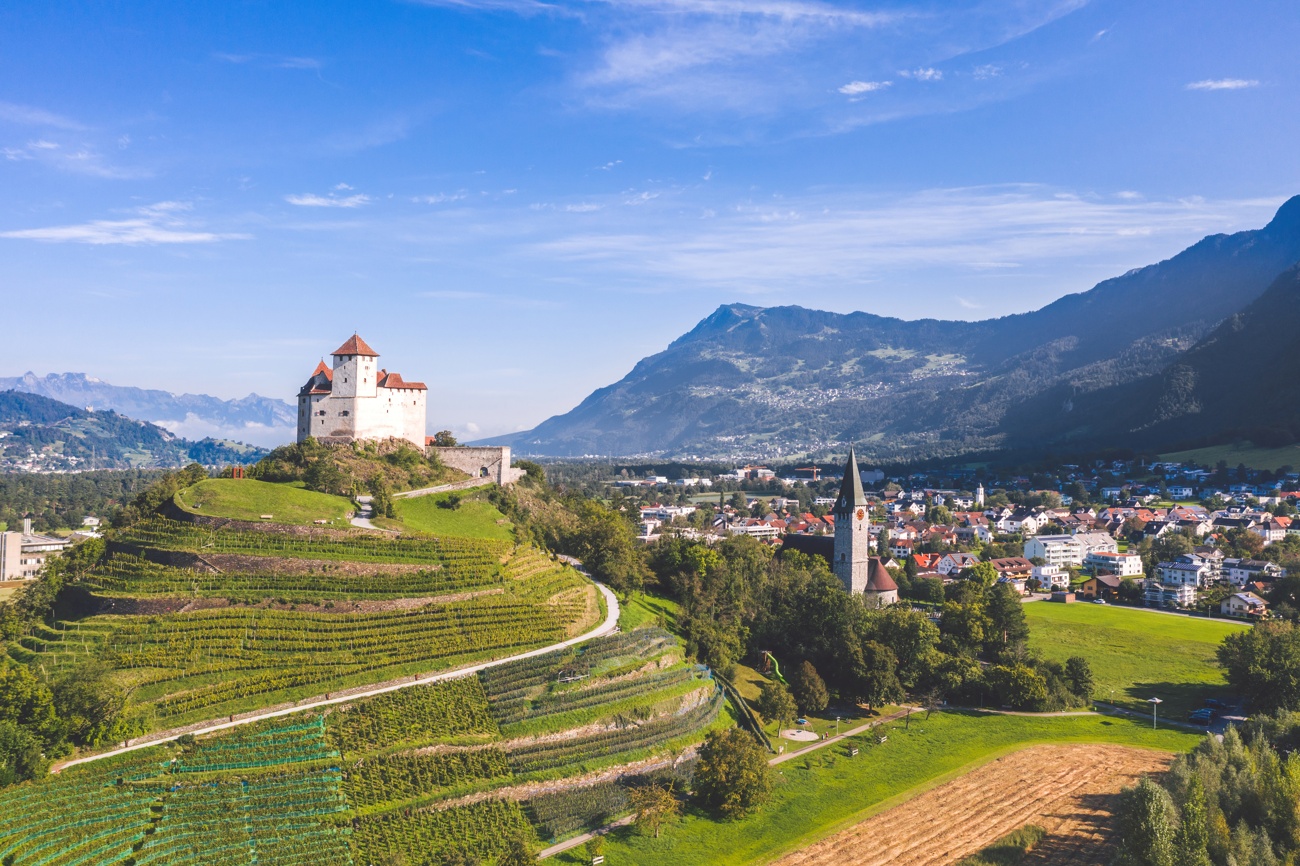
Liechtenstein: Gutenbert Castle
The most visible symbol of Balzers is the medieval Gutenberg Castle, located on top of a hill and open in summer for all kinds of events. It may have been built around 1200 and from 1314 to 1824 was owned by the House of Habsburg, suffering numerous sieges, for example in the Thirty Years’ War (1618-1648). After 1750, the fortress fell into ruin until it was restored in the early 20th century. The State of Liechtenstein bought it in 1979.
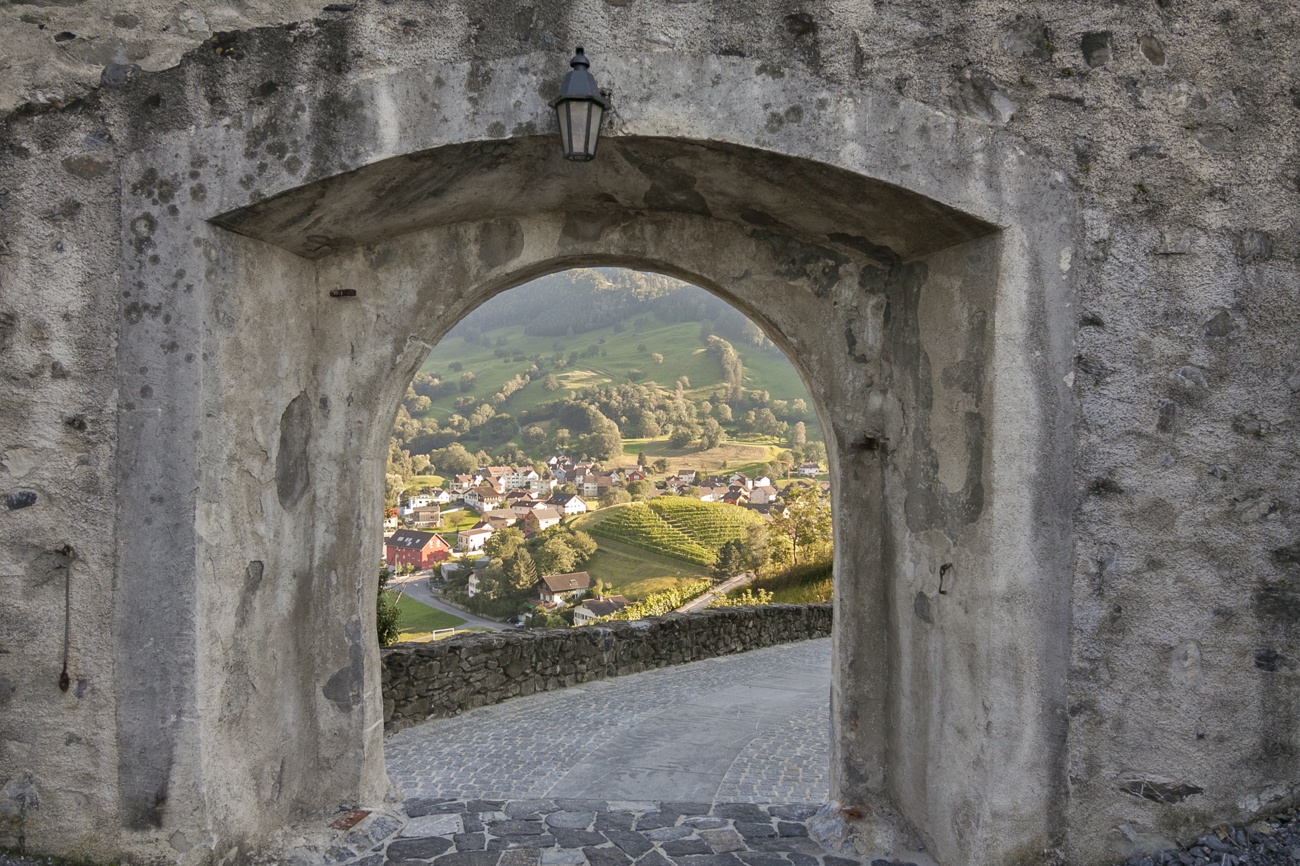
Liechtenstein: Hiking trails
But if this small country stands out for anything, it is for its landscapes and, with it, its hiking trails. Perhaps the most famous is Fürstensteig, one of the most classic, next to the Three Sisters trail. It climbs up to 2-123 meters to offer spectacular views of the Swiss mountains and Austria. But there are also great cycling routes, such as the Drei Länder tour (the route of the three countries), which crosses the borders with Austria and Switzerland.
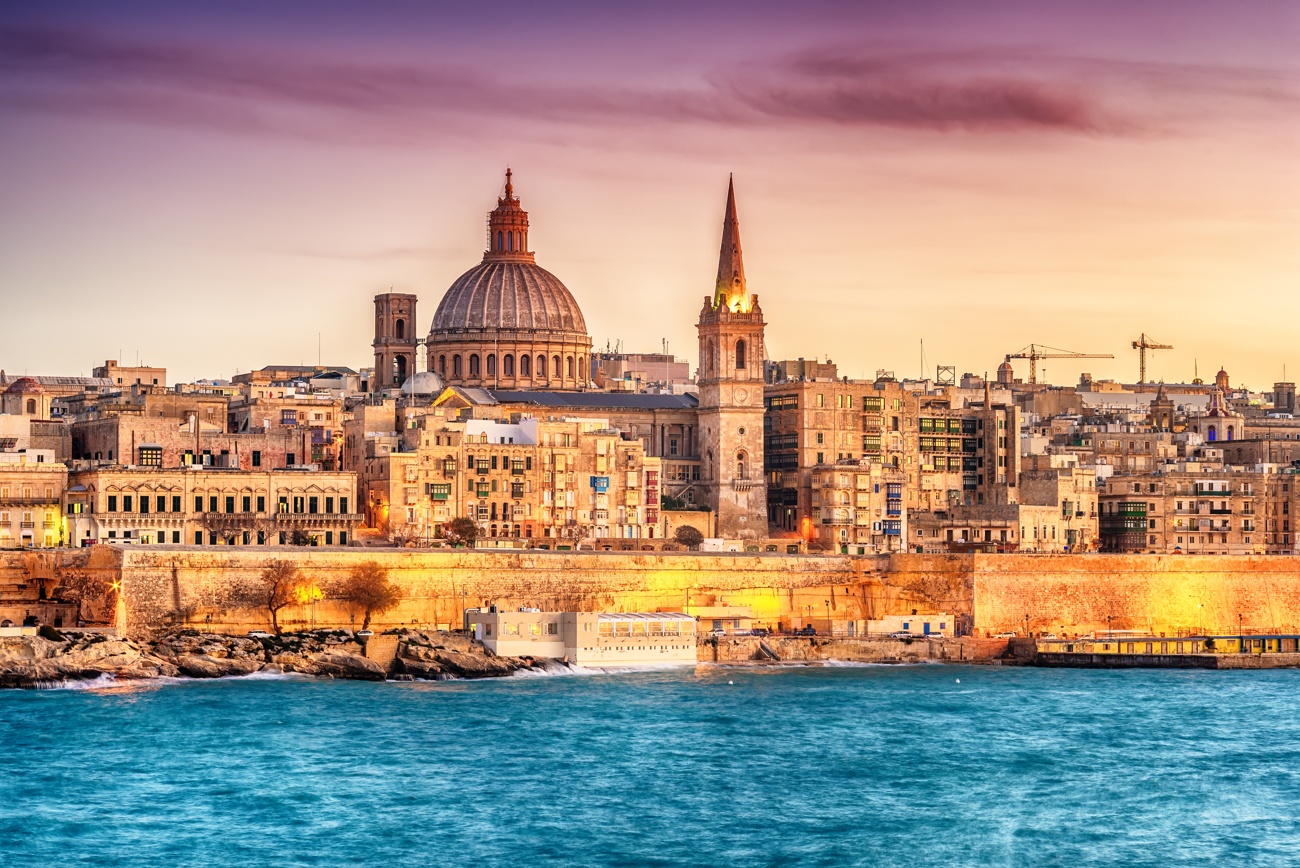
Malta: 316 km²
The small archipelago of Malta is one of the jewels of the Mediterranean, full of cultural, natural and historical attractions, not to mention its beaches, coves and seabed. Formed by Malta, the main island, Gozo and Comino, it gained independence from the United Kingdom in 1964. The capital of Malta is Valletta, a charming city full of monuments (more than 300) located on a peninsula surrounded by two bays used as a port and refuge since ancient times. World Heritage Site since 1980, do not miss a stroll through its main streets (Republic and Merchant) and stop at the Cathedral of St. John to see the Caravaggio that keeps.
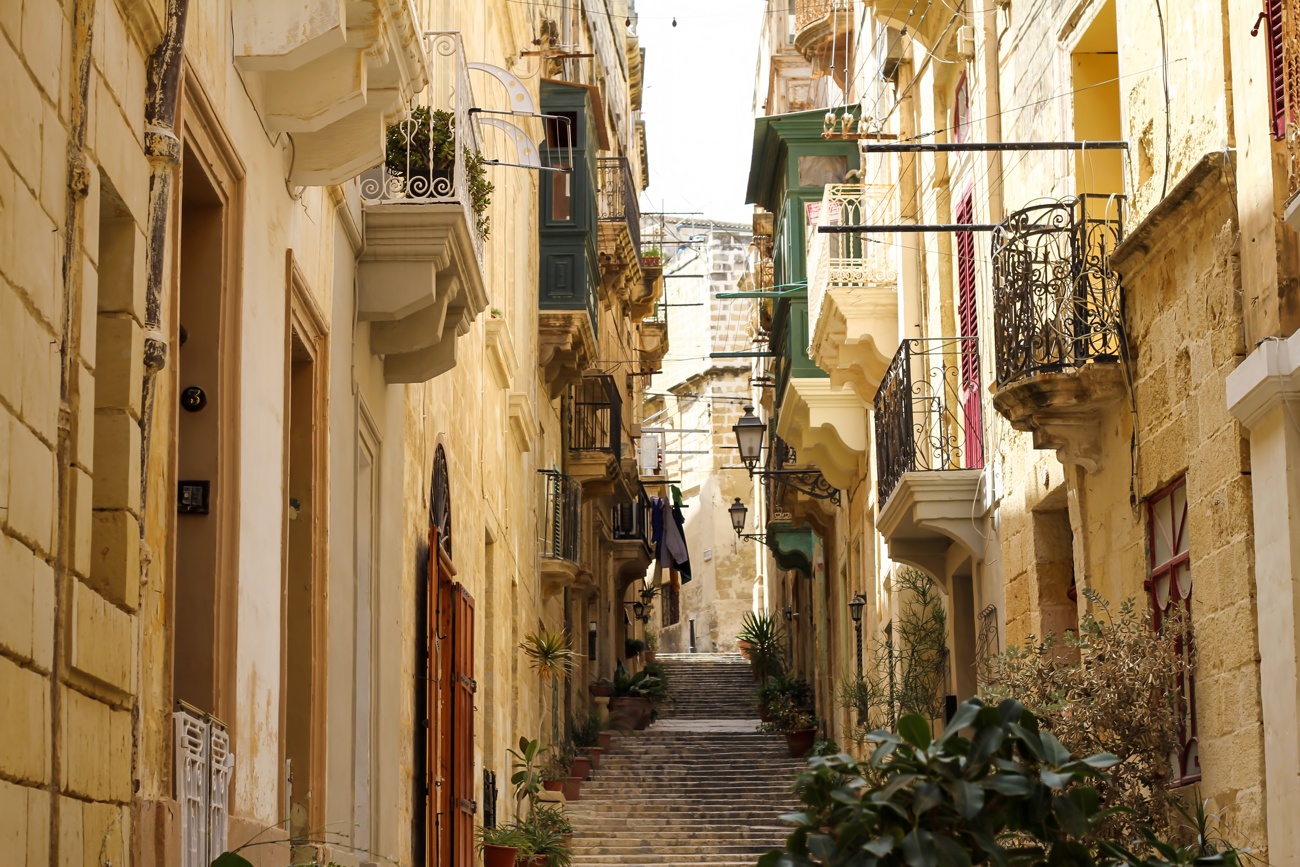
Malta: The Three Cities
Just across the Grand Harbour are the towns of Vittoriosa or Birgu, Cospicua or Bormla and Senglea or L’Isla occupying a series of small peninsulas, bays and coves. Birgu is the largest of the three and perhaps the most picturesque, but all three are fortified, retain their charm in the old streets full of history and have stunning views over Valletta.
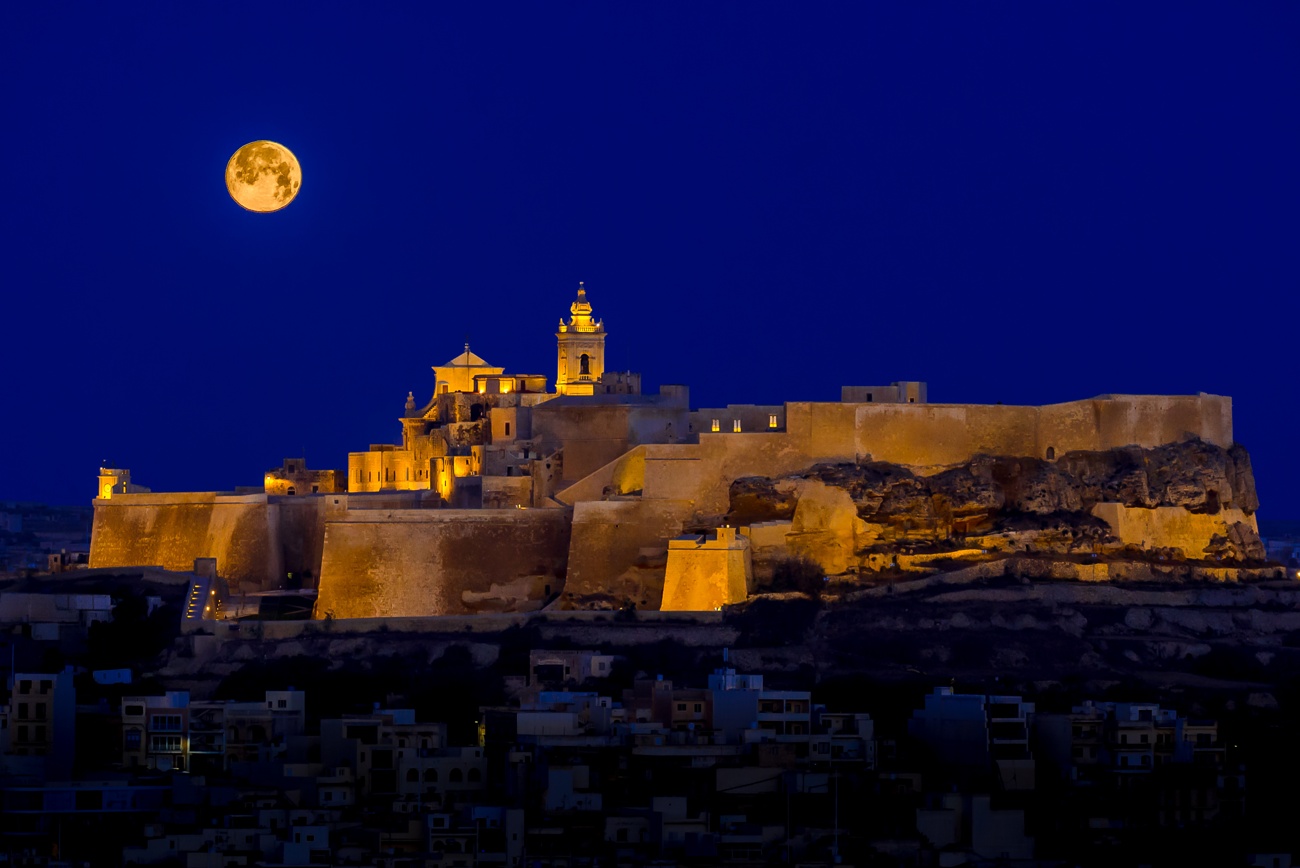
Malta: Gozo
Gozo is the second largest island of Malta and can be reached by ferry from Cirkewwa or from Valletta. The island is more rural and has wonderful scenery. The main town is Victoria (or Rabat), with its fortified Cittadella protecting the Cathedral, the old prison, archaeological sites and, of course, stunning views of Gozo from the ramparts. But also not to be missed is the Djewra region in the northwest, famous for the Blue Window, which unfortunately collapsed in 2017, the salt pans of Marsalforn, the sanctuary of Ta’Pinu, the cliffs of Ta’Cenc, the temples of Ggantija or the largest sandy beach in Gozo, Ramla Bay beach.
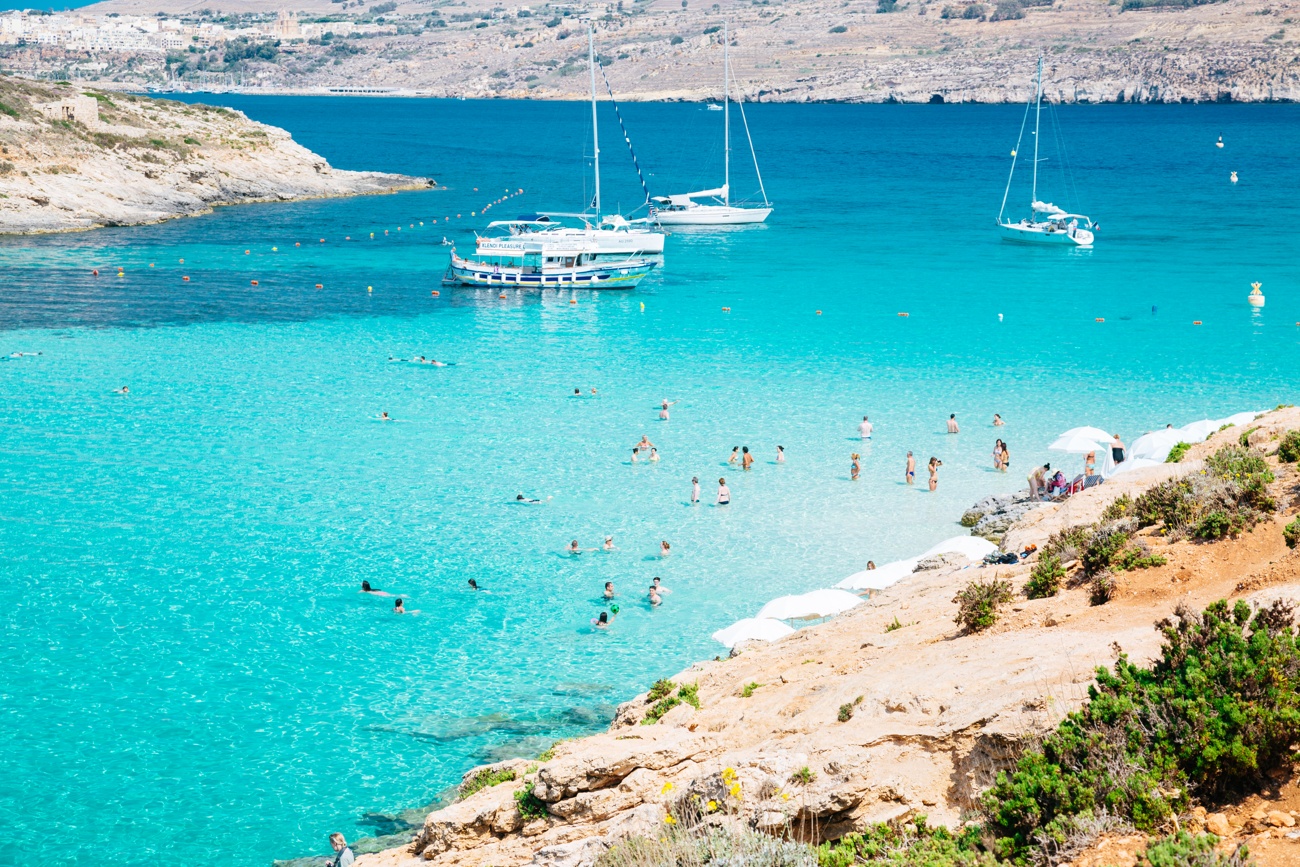
Malta: Comino and its Blue Lagoon
With an area of just 3.5 km², the island of Comino is located between the islands of Malta and Gozo and most of its coastline are cliffs full of caves and grottoes. With hardly any inhabitants, it is an ornithological sanctuary and a natural reserve that welcomes hundreds of tourists every day who come, above all, to bathe in the impressive Blue Lagoon, an impressive bay of turquoise water with a white sandy bottom and abundant marine life.
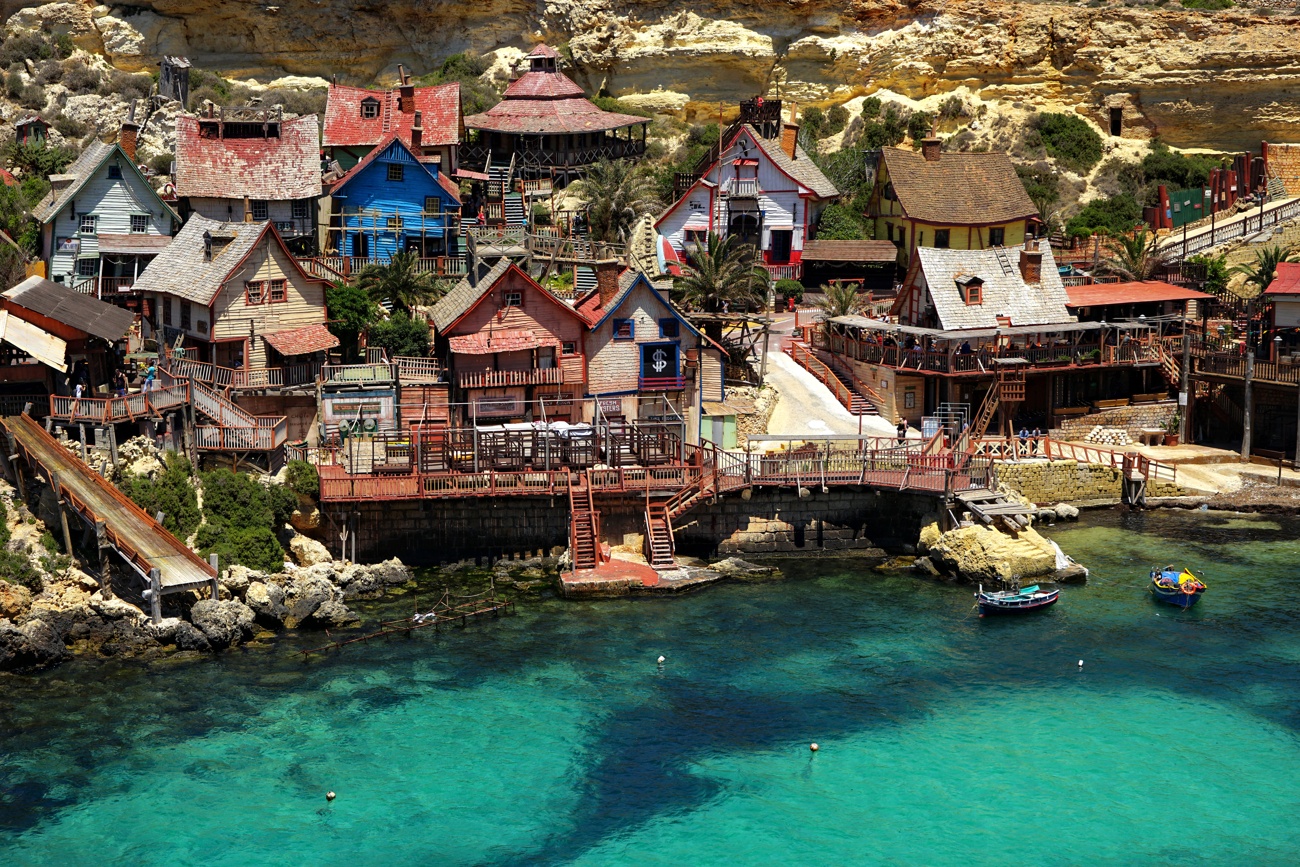
Malta: Popeye’s village
«Popeye’s Village» is located in the northwest of Malta, in Anchor Bay, very close to the town of Mellieha. It is an amusement park dedicated to Popeye, one of the most famous cartoon characters in history, created by Walt Disney in 1929. Popeye’s village is the film set of the movie ‘Popeye’ starring Robin Williams in 1980 which, after filming, became an open-air museum and amusement park.
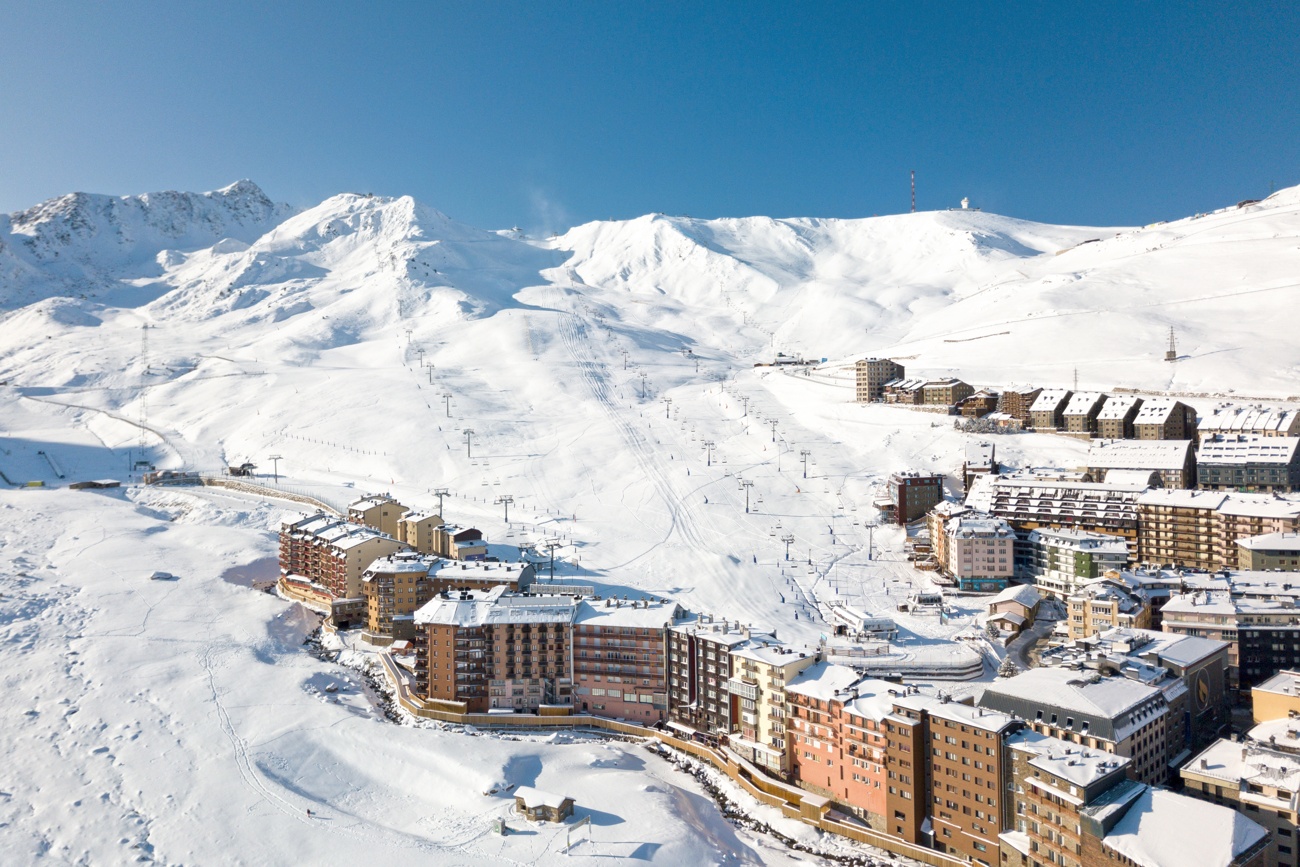
6. Andorra: 468 km²
This small country nestled in the Pyrenees has the largest ski area in southern Europe. Grandvalira Resorts Andorra has more than 300 km, with 200 slopes of all levels under a single domain. During the summer, part of the ski slopes becomes the highest golf course in Europe, located at an altitude of more than 2200 meters. But, in addition to skiing and adventure sports, the Principality of Andorra offers much more to the visitor. Ten percent of its territory is declared World Heritage, it has one of the oldest Parliaments in Europe (1419) and more than 15 museums.
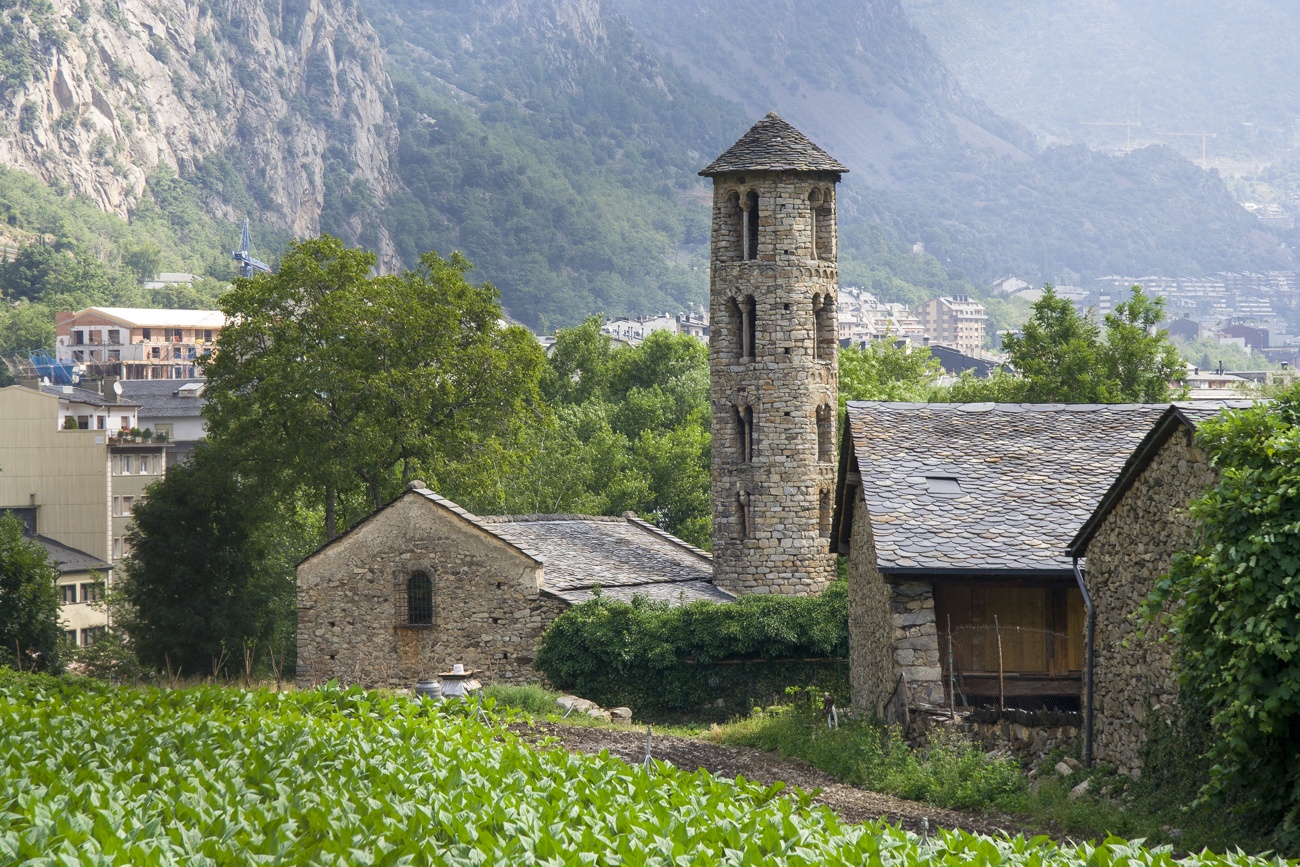
Andorra: Romanesque churches
Andorra’s geographical location has led to the preservation of more than 40 churches, chapels and monuments built between the ninth and thirteenth centuries, which are part of its cultural heritage. Andorran Romanesque architecture is characterized by its simplicity, its sobriety, its square bell towers and its integration into the landscape. Its small churches are built with slate stone, some of them preserve their medieval mural paintings and wood carvings. Sant Joan de Caselles, Santa Coloma in Andorra la Vella, Sant Miquel d’Engolasters, Sant Climent de Pal, Santa Eulalia and San Serni de Canillo, are some of the most outstanding.
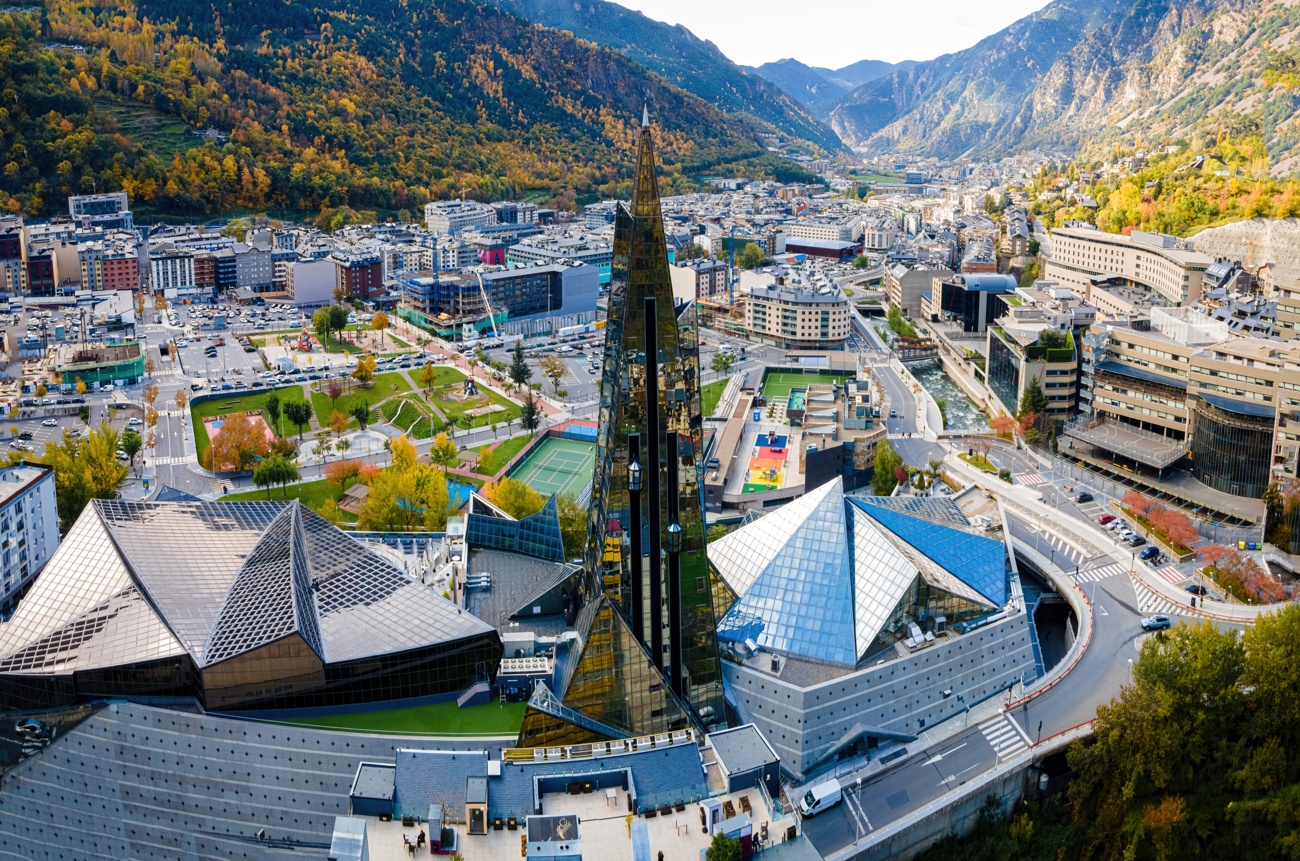
Andorra: Andorra la Vella
Located at an altitude of over 1,000 meters and surrounded by mountains, Andorra la Vella is the highest capital of Europe. Surrounded by mountains, in addition to its natural interest, it preserves a beautiful historic center full of stone buildings among which stands out the Casa de la Vall, from the late sixteenth century and which was the seat of the General Council (the parliament). But, in addition, this small capital has become a paradise for shopping lovers. The Shopping Mile offers one of the best experiences to drive you crazy from store to store.
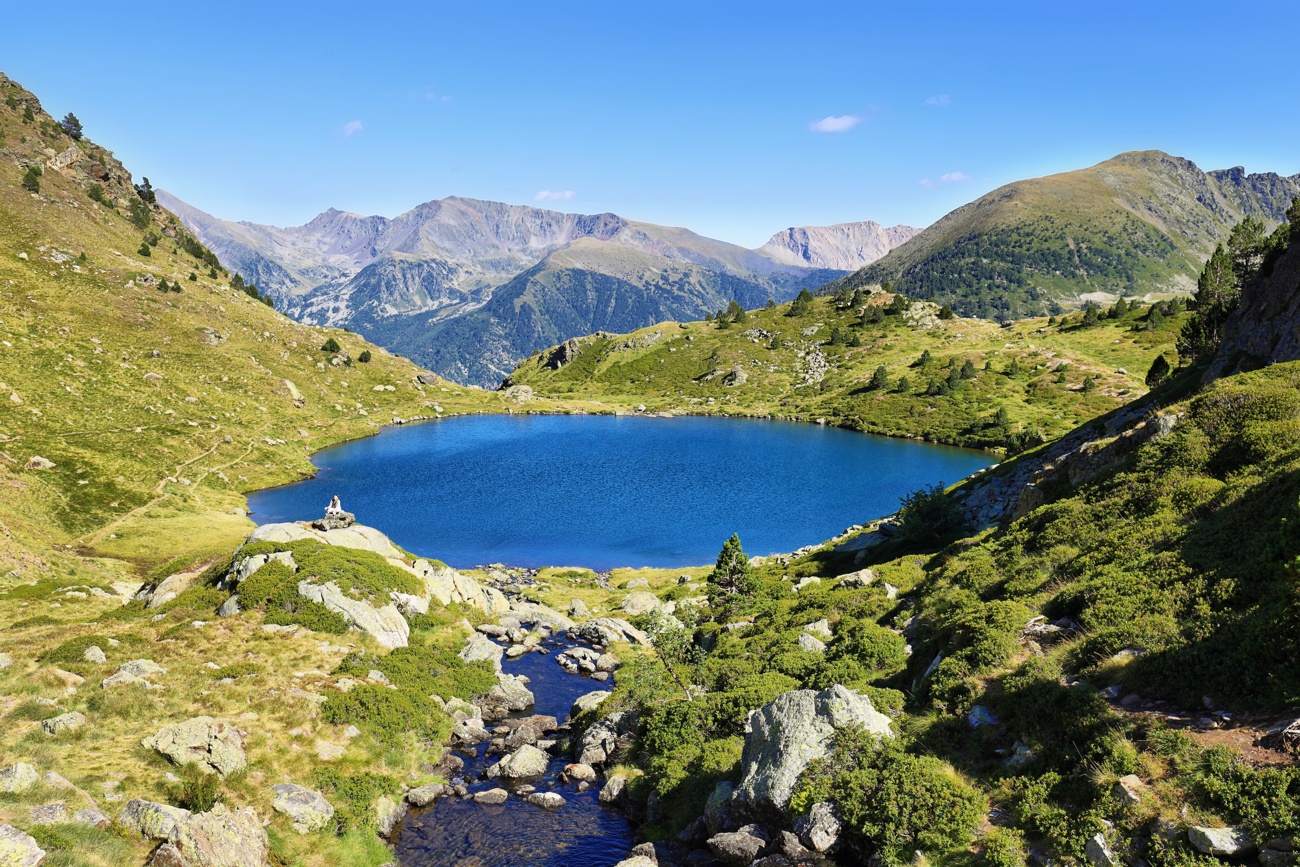
Andorra: Tristaina Lakes
Andorra is a country that you can walk around if you are a hiking lover, as it has more than 100 mountain routes and numerous shelters to stay overnight during the tour. Perhaps one of the most beautiful routes is the one that goes up to the lakes or Estanys de Tristaina. There are three lakes located in Arcalís and the route, of just 4.4 km, has no difficulty, but it reaches an altitude of 2,300 meters and a spectacular landscape surrounded by mountains among which is the Tristaina peak (2,878 meters). Also in Arcalís is the Mirador Solar de Tristaina, a spherical suspended platform 25 meters in diameter located at the summit of Peyreguils peak and overlooking the lakes and the valley of Ordino.
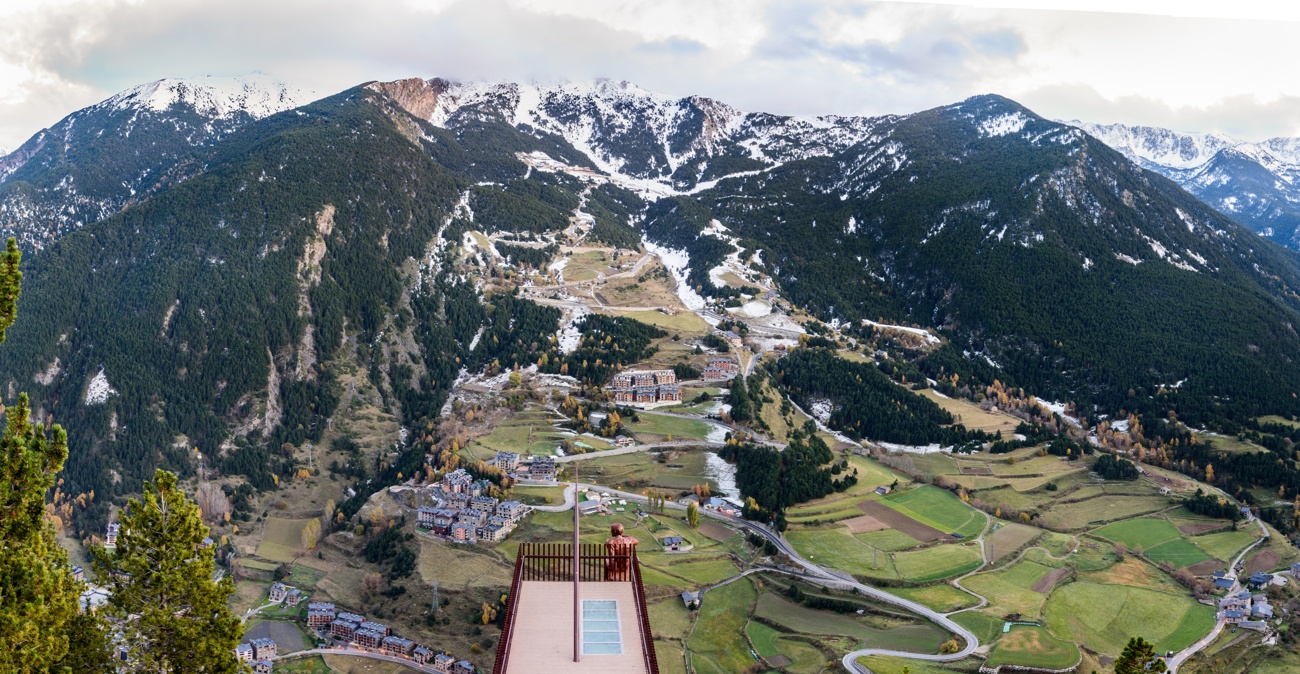
Andorra: Roc del Quer viewpoint
One of the best ways to contemplate Andorra from above is the Mirador Roc del Quer in Canillo. Recently inaugurated, the walkway replaces two small benches that overlooked the slope. The 20 meters have a transparent part of the floor and is suspended over the valley. In winter you can find it closed, when the snow blocks access.
